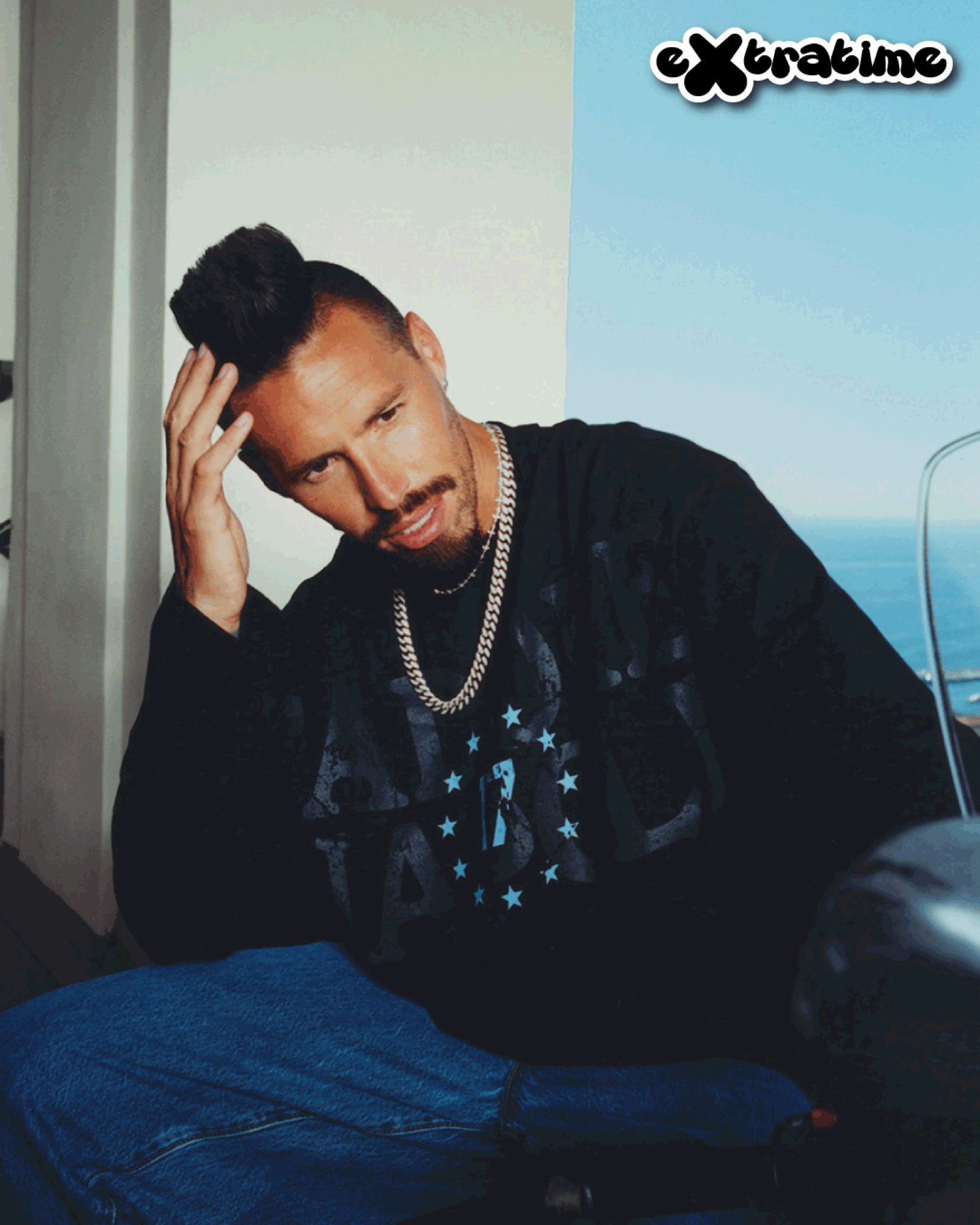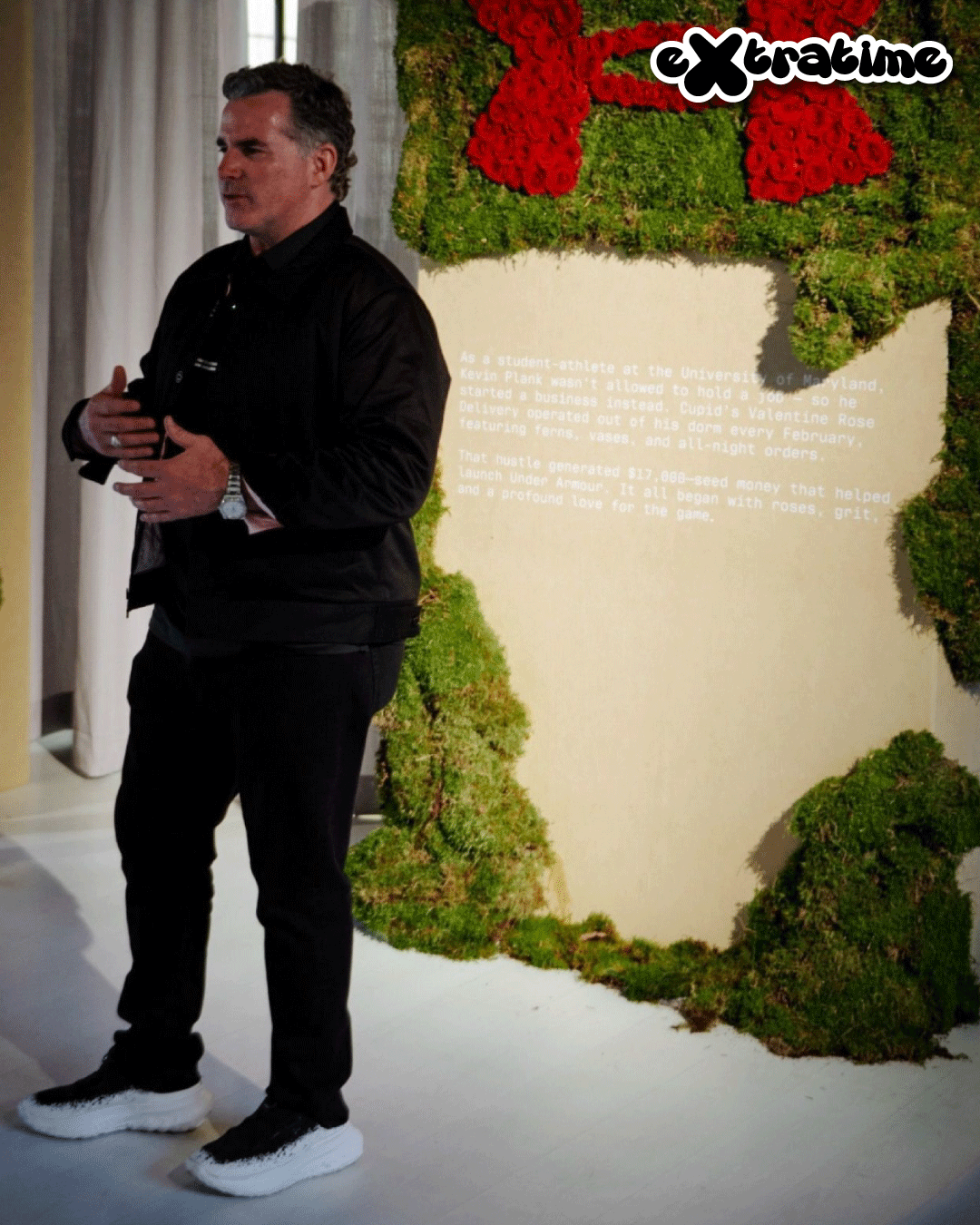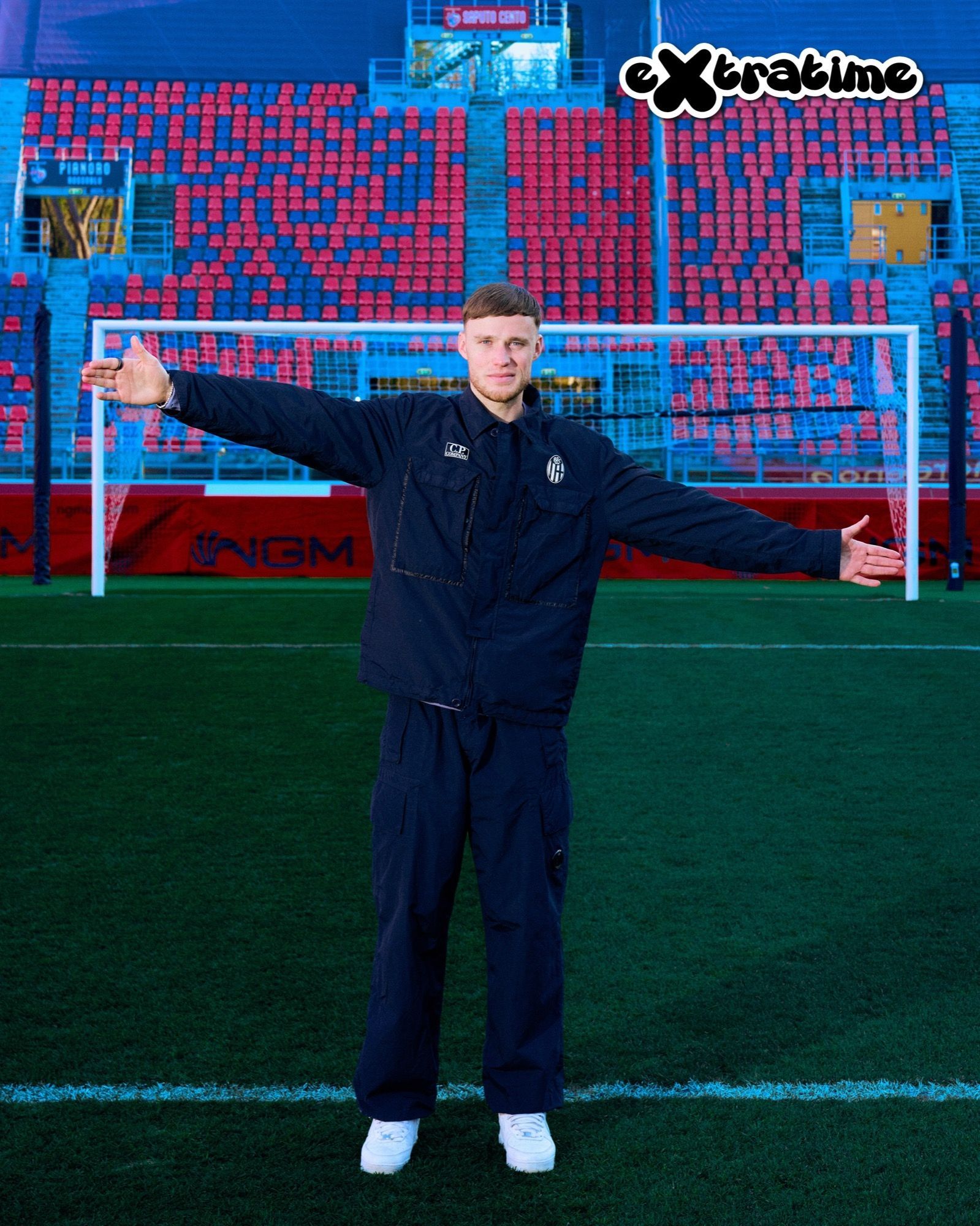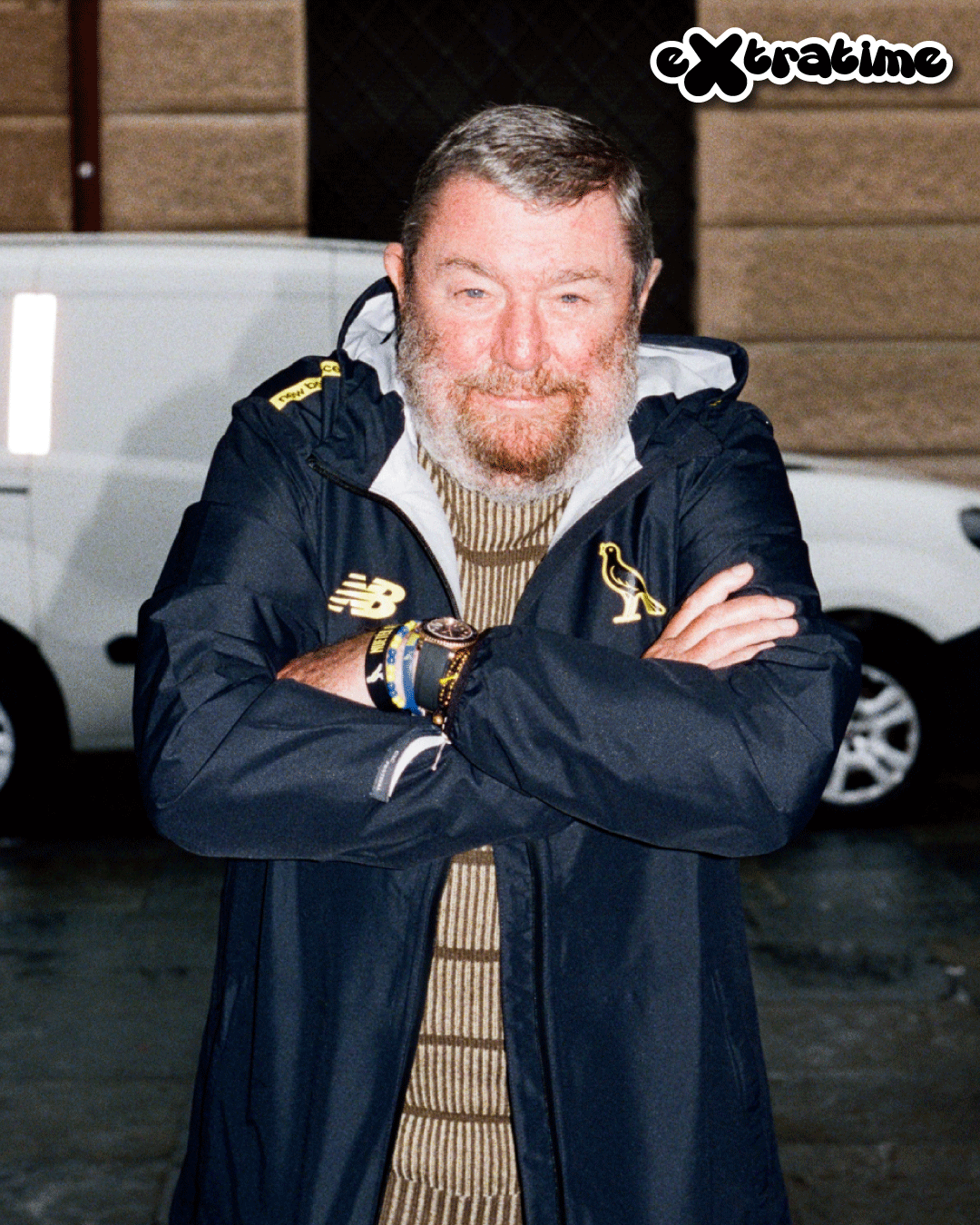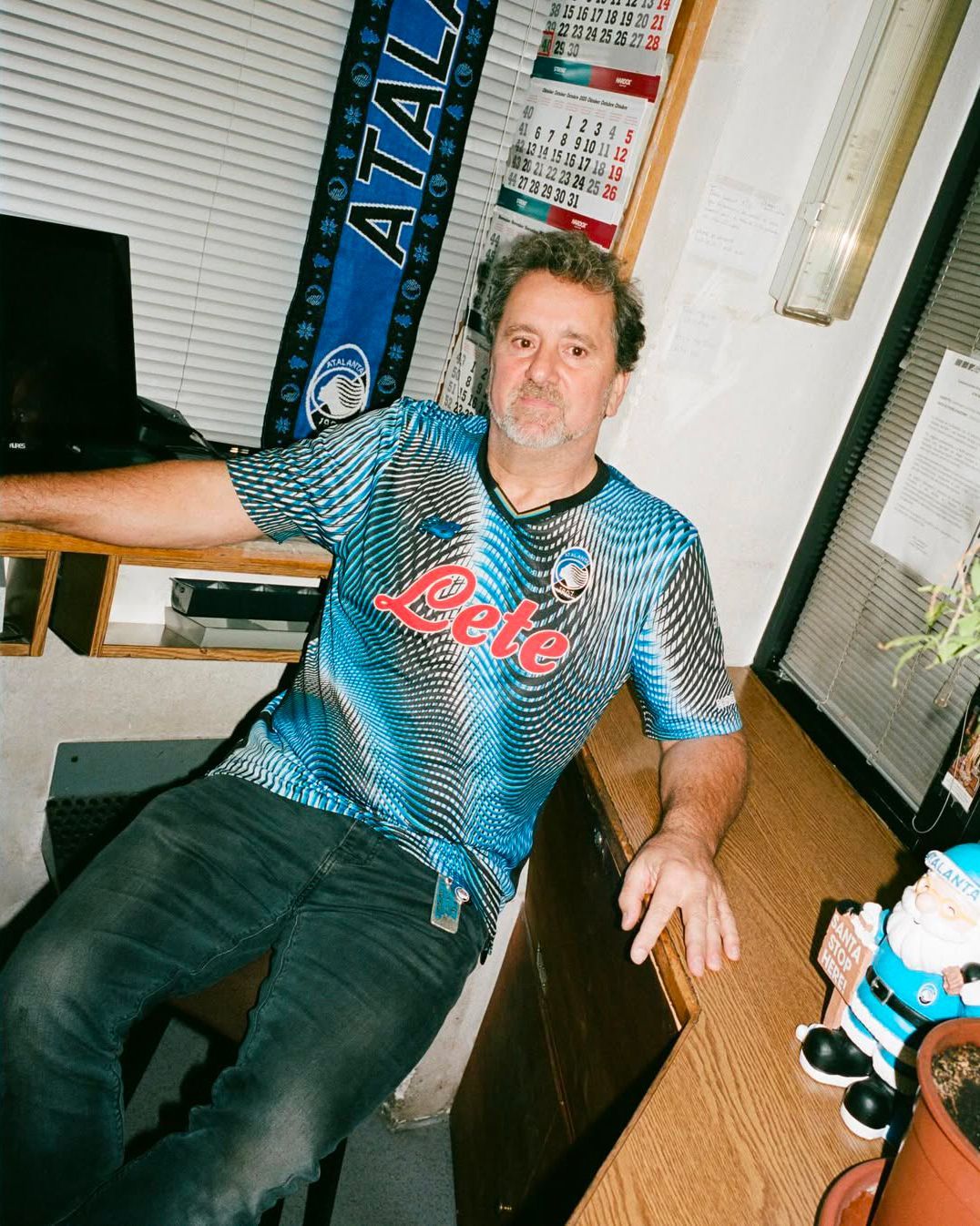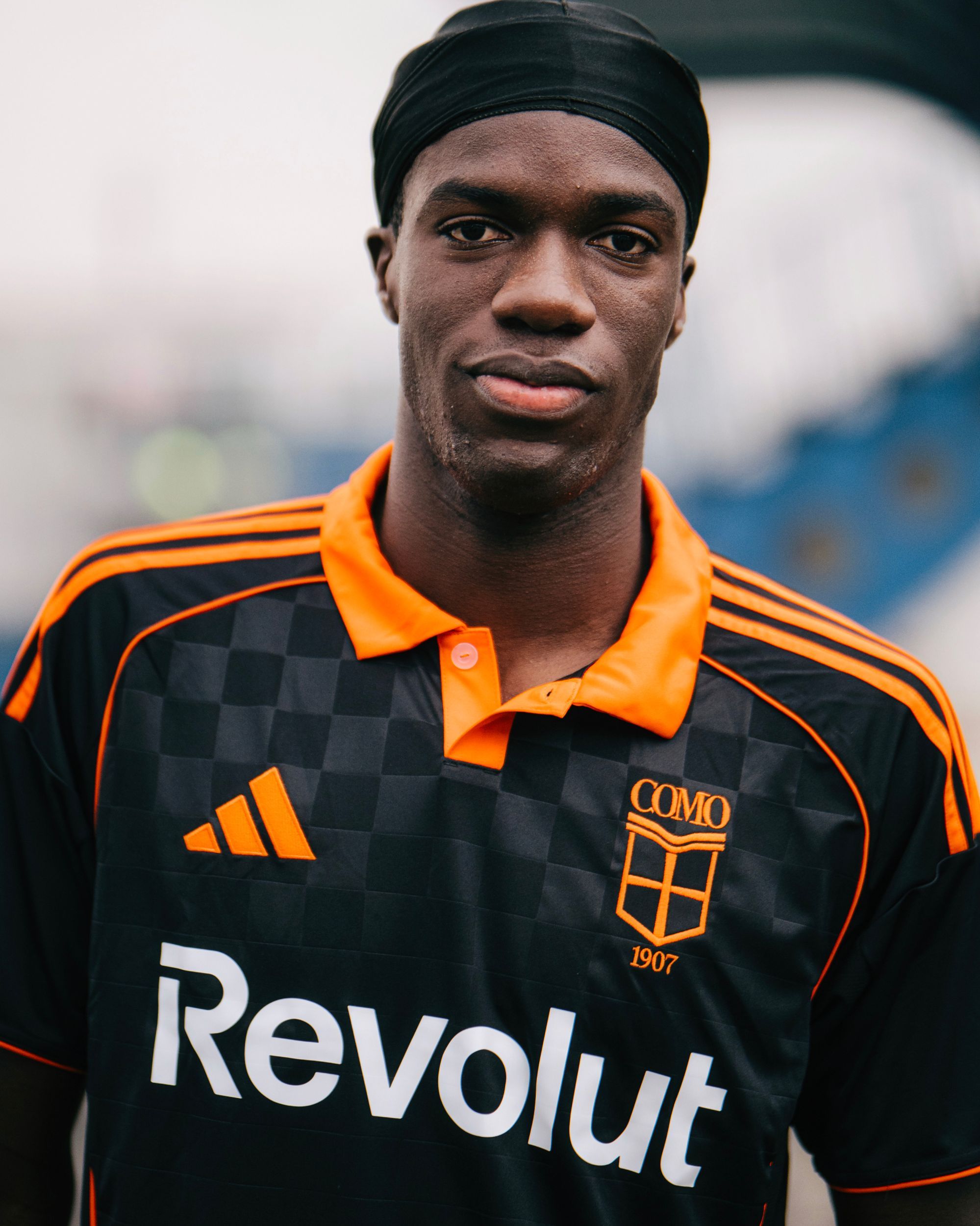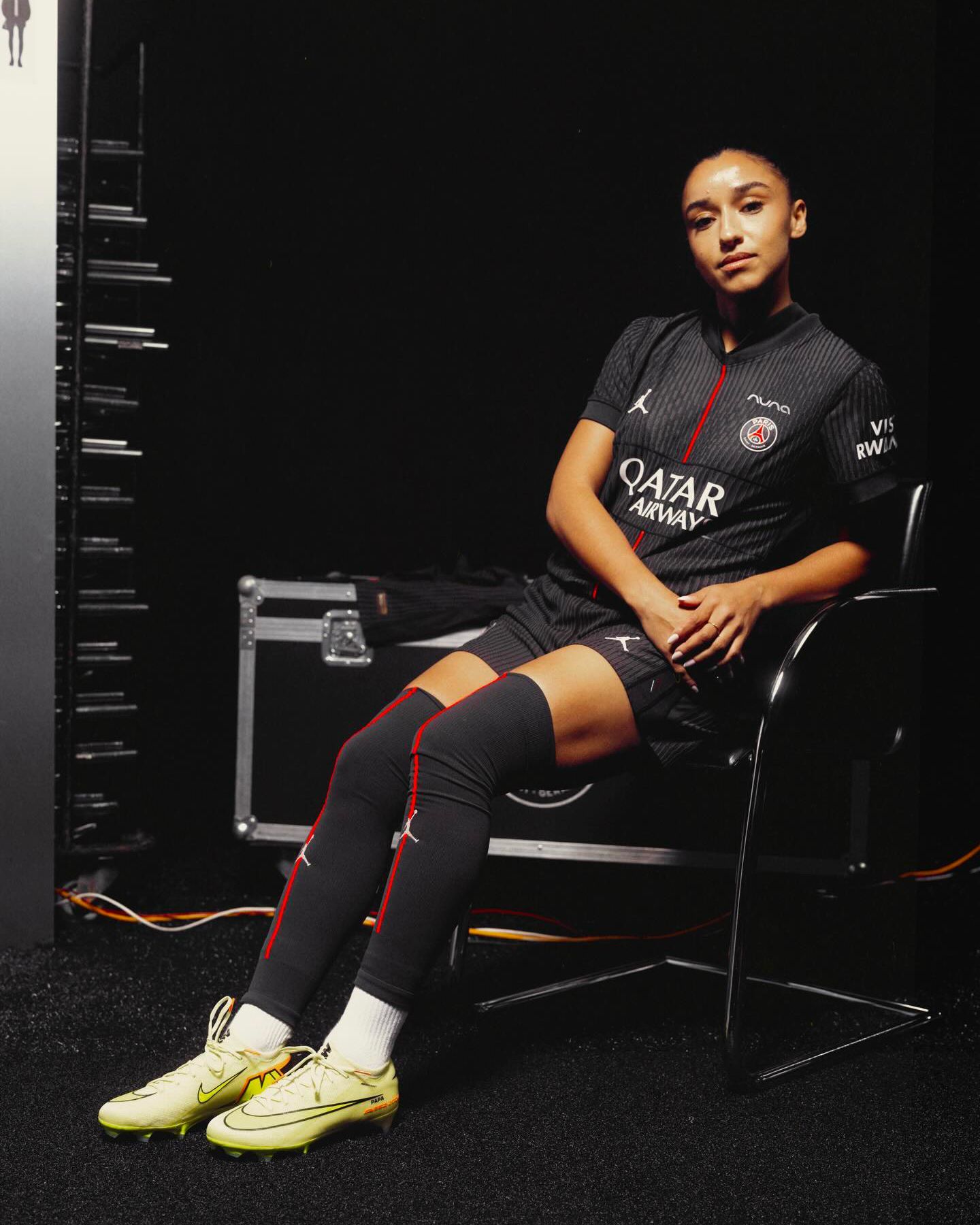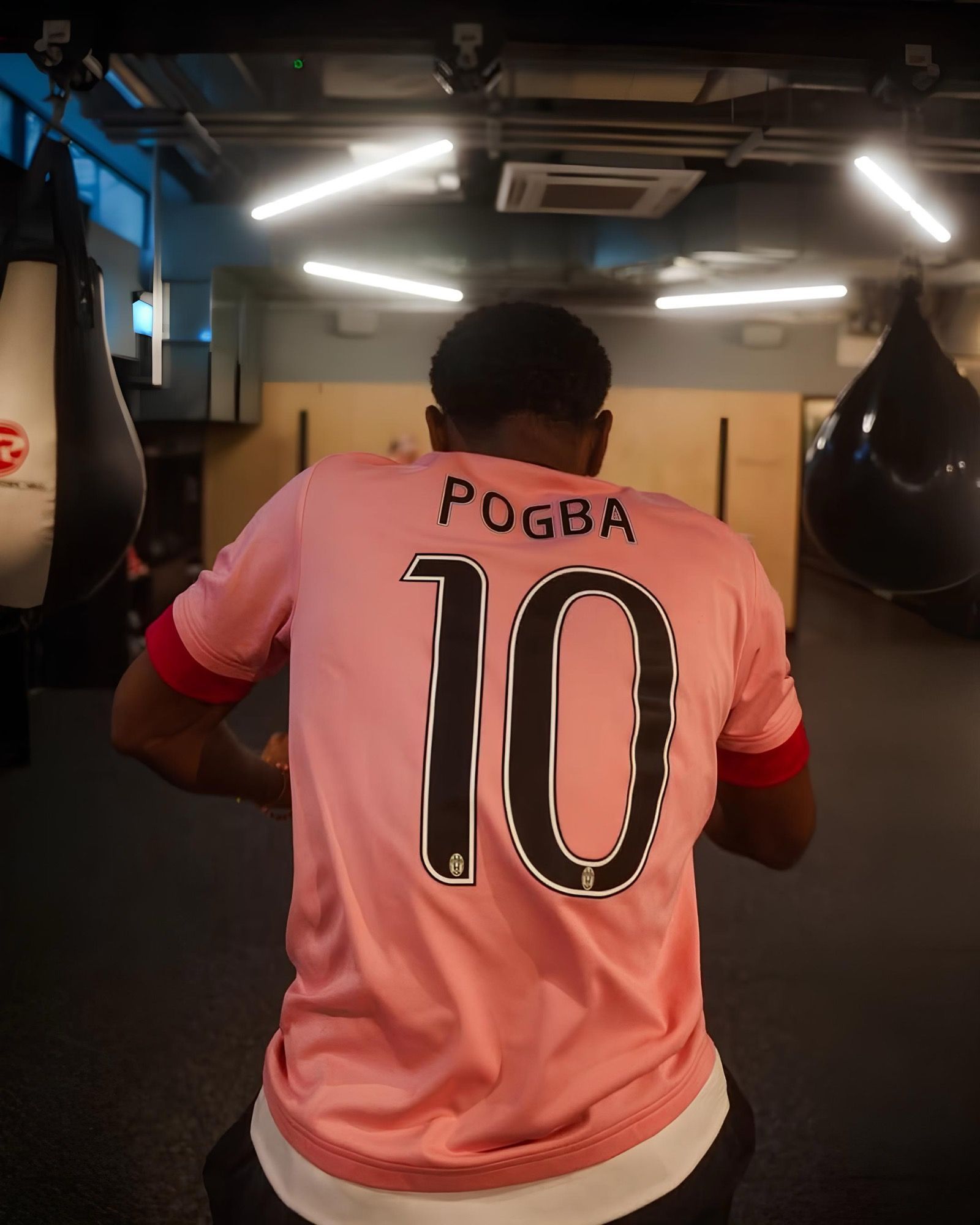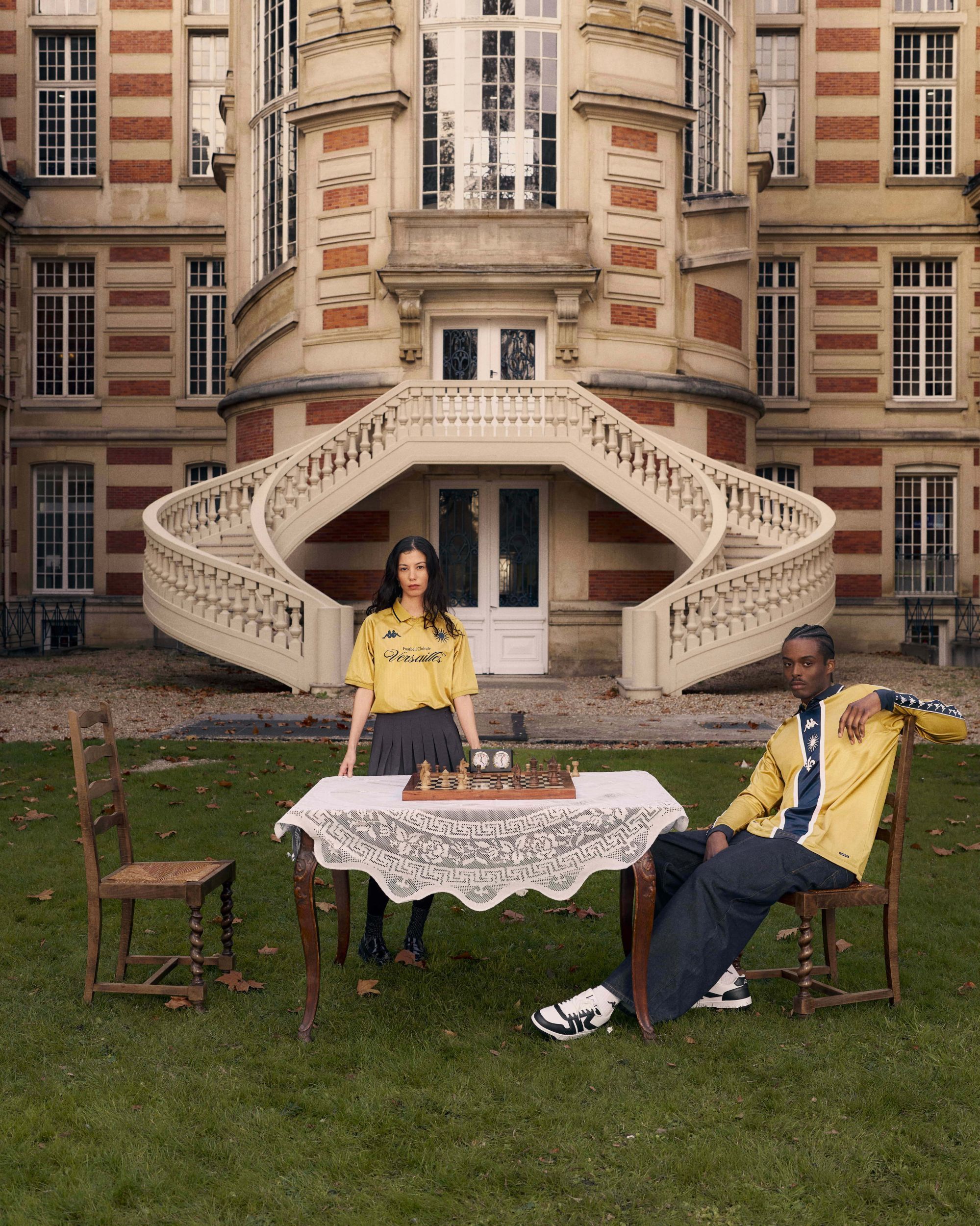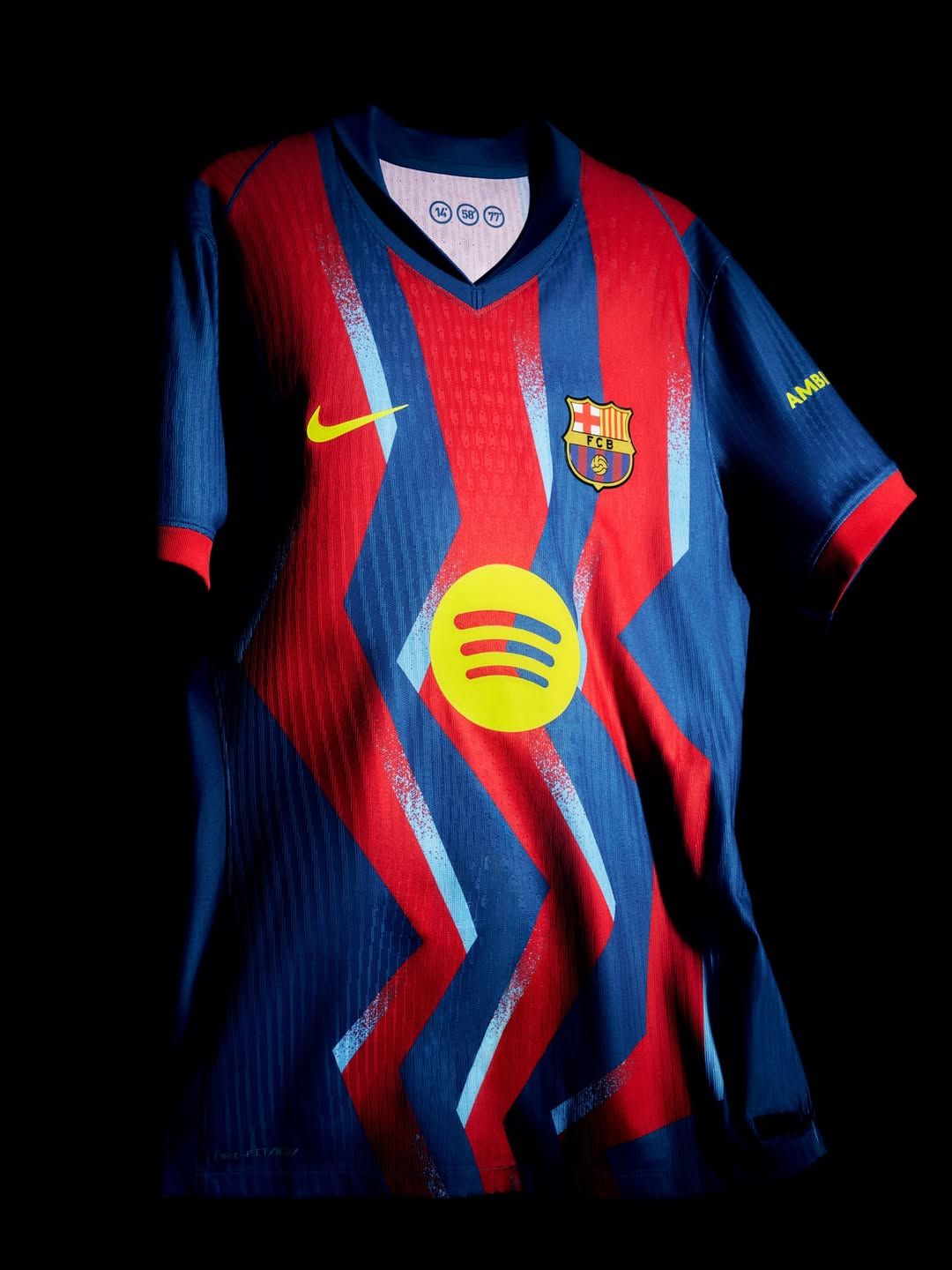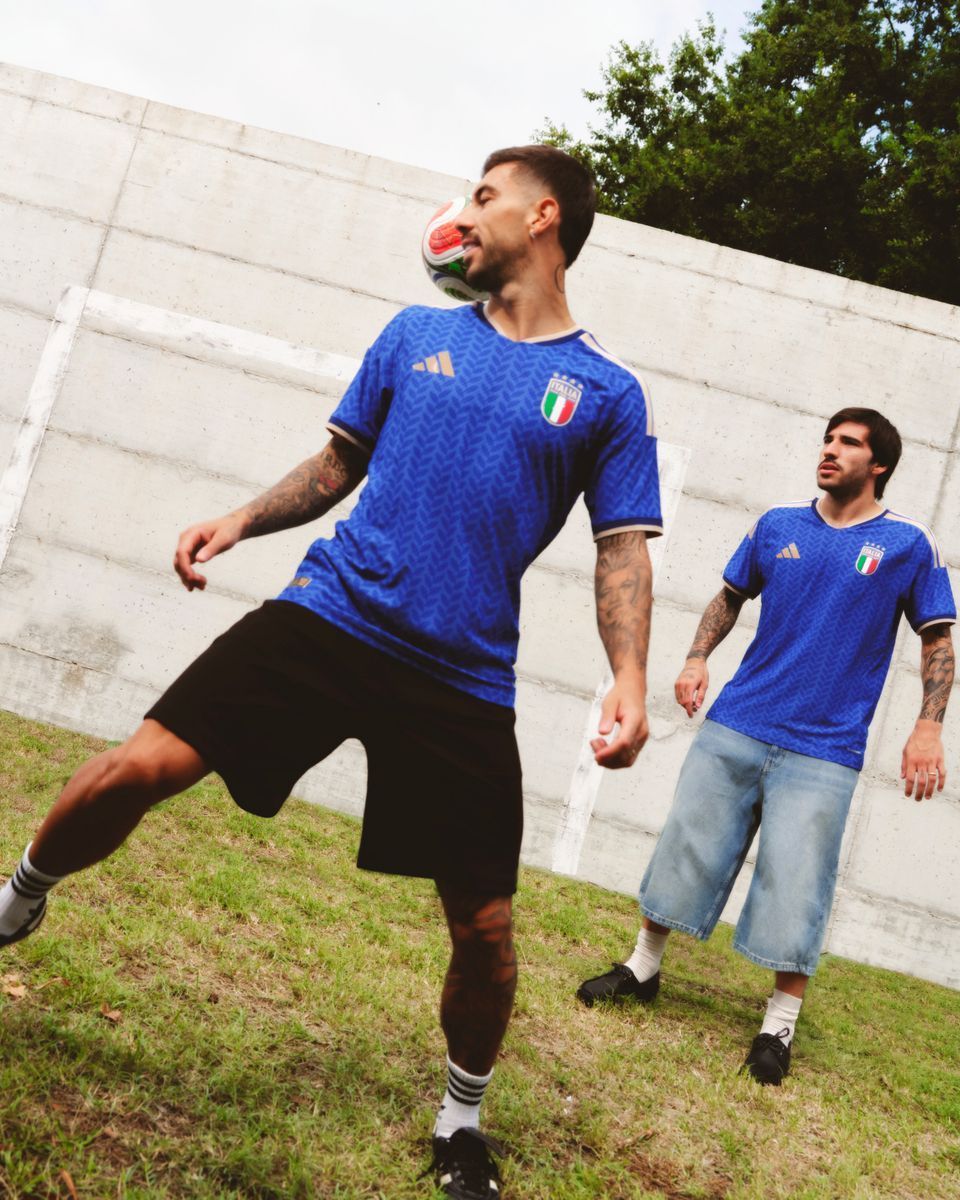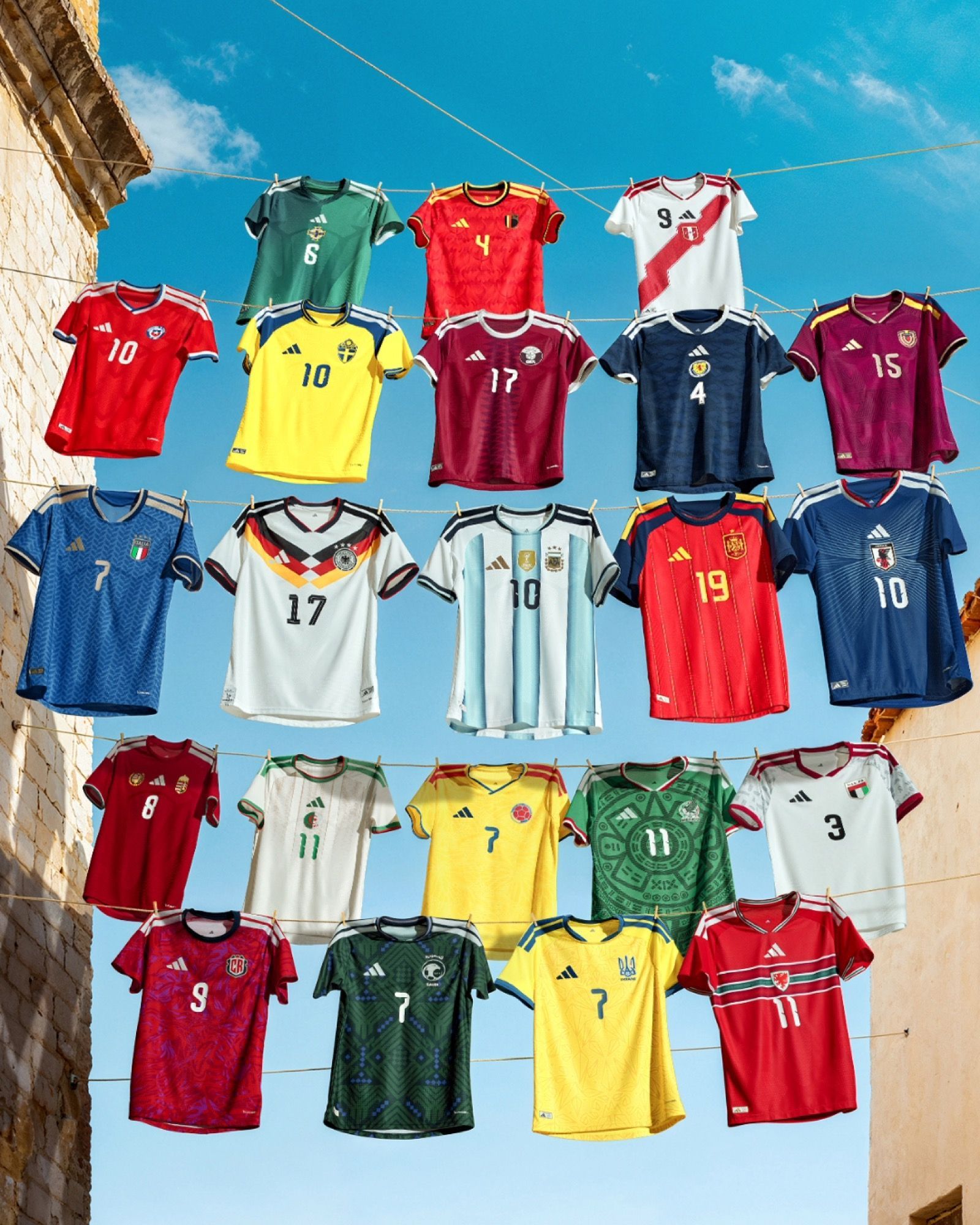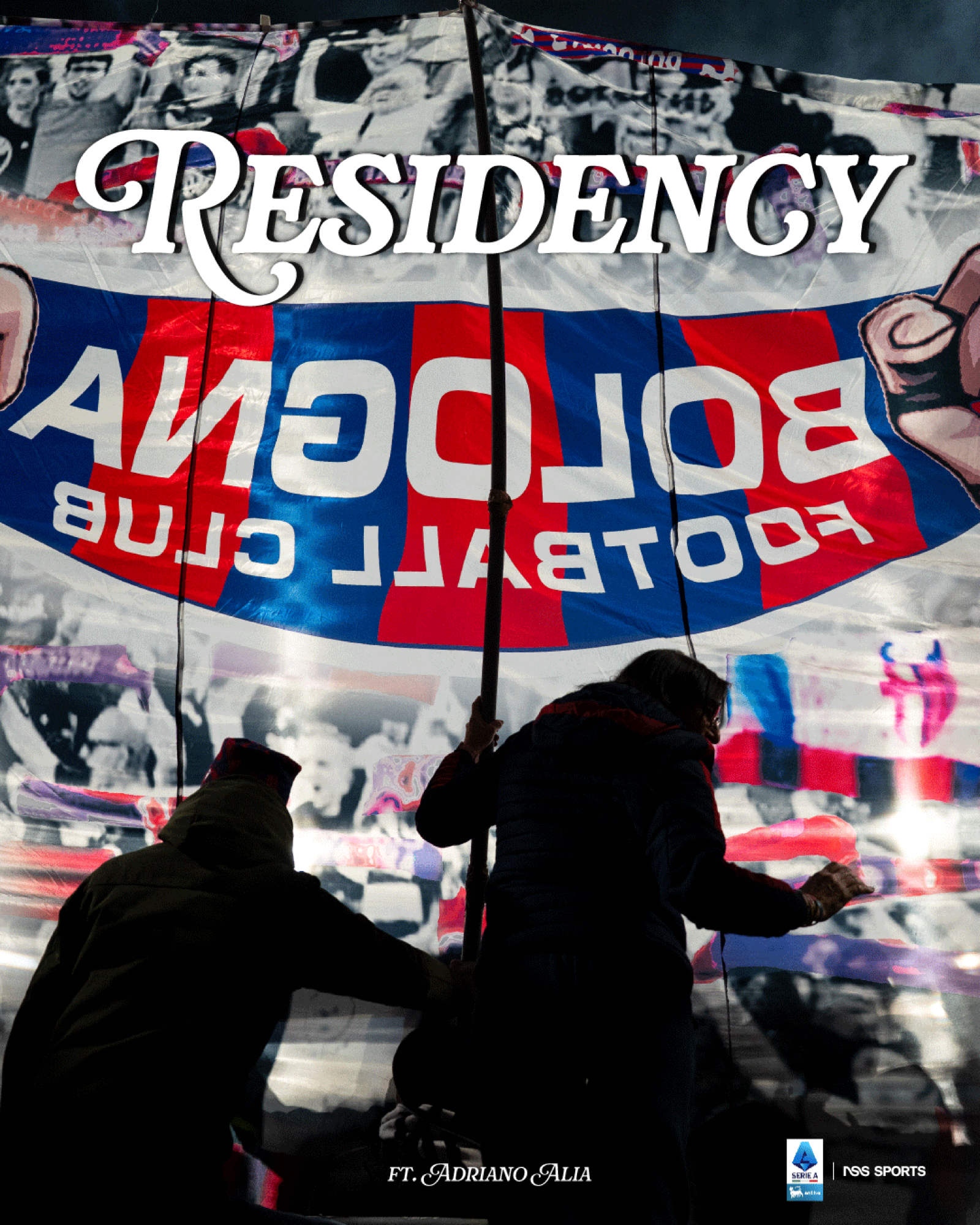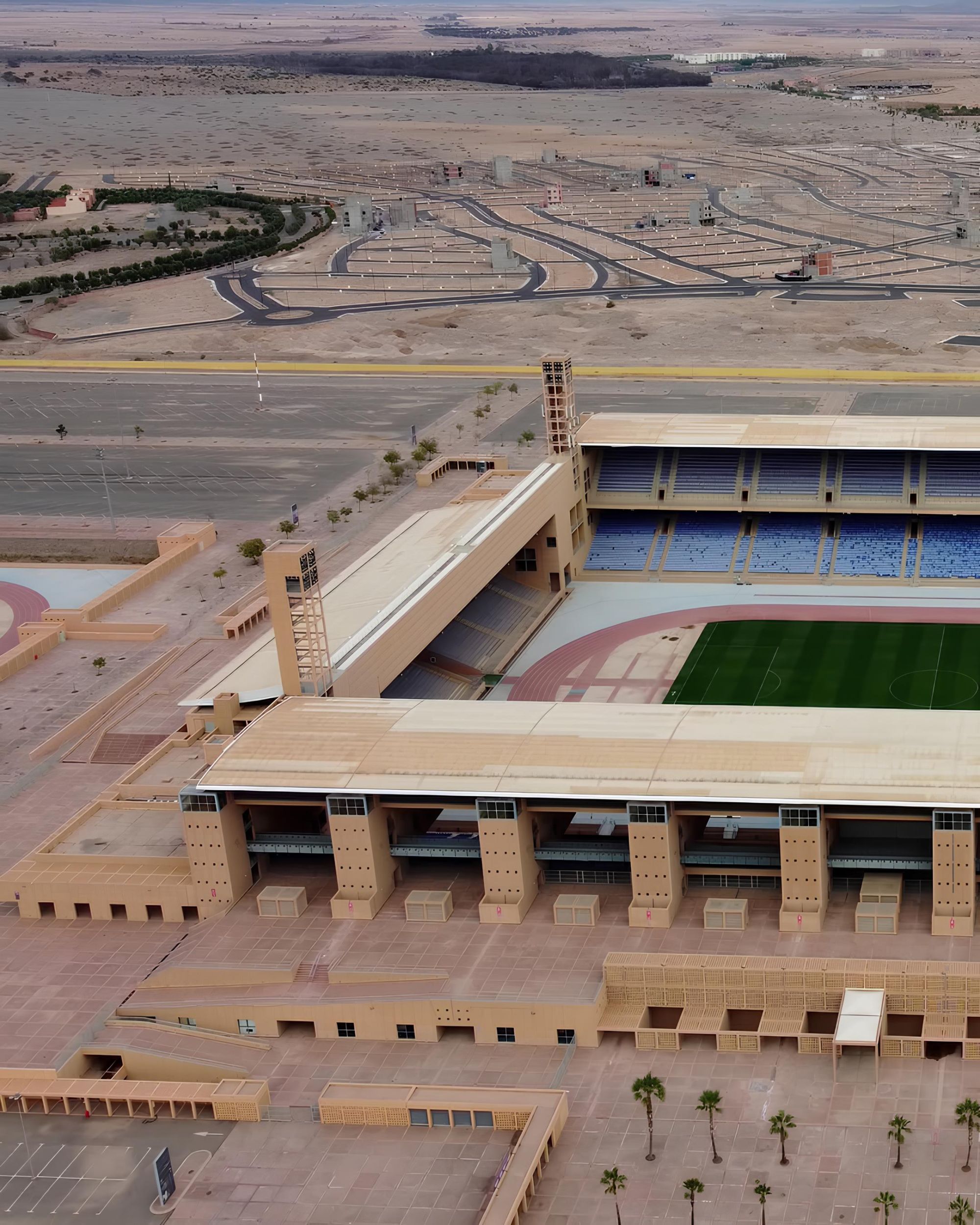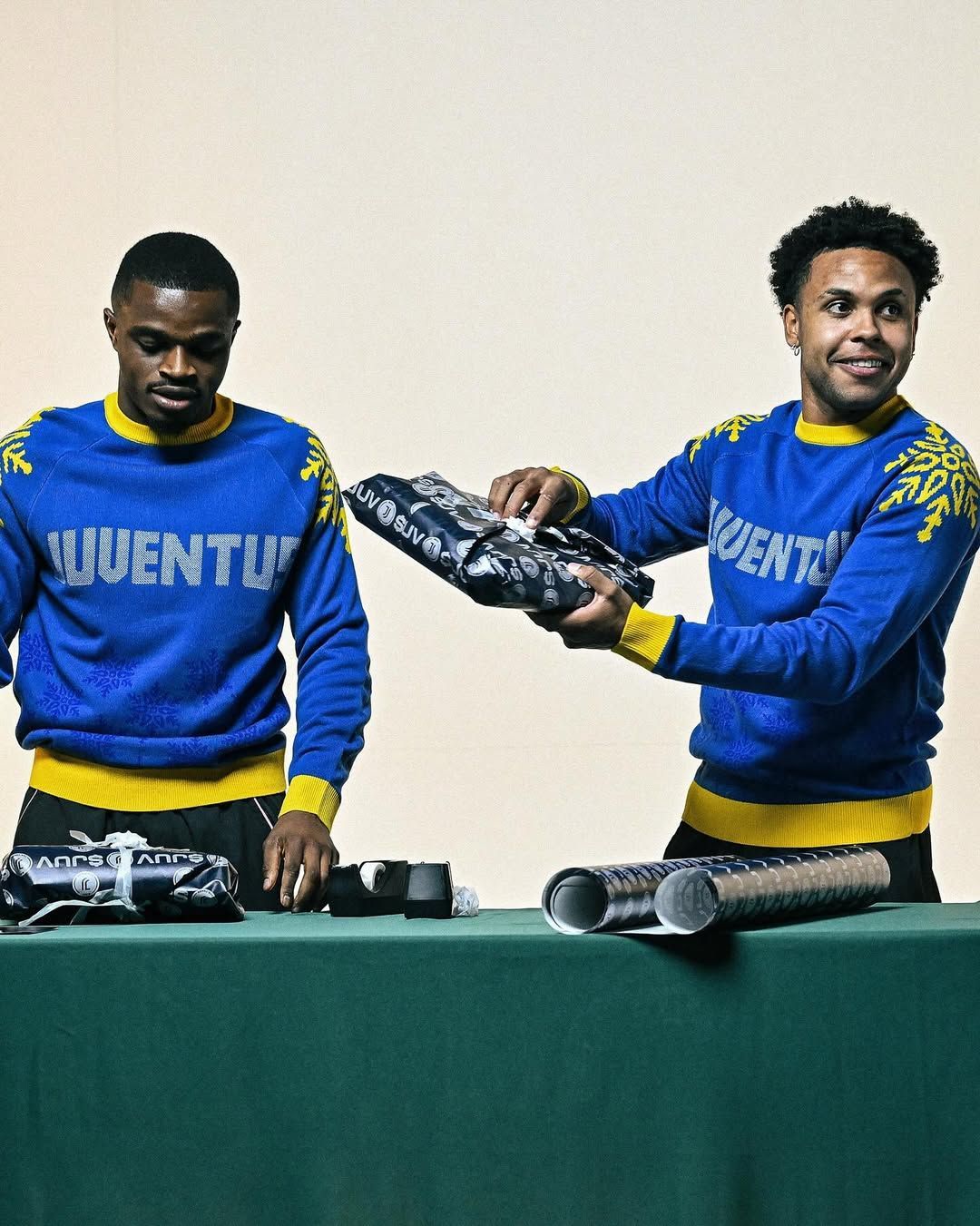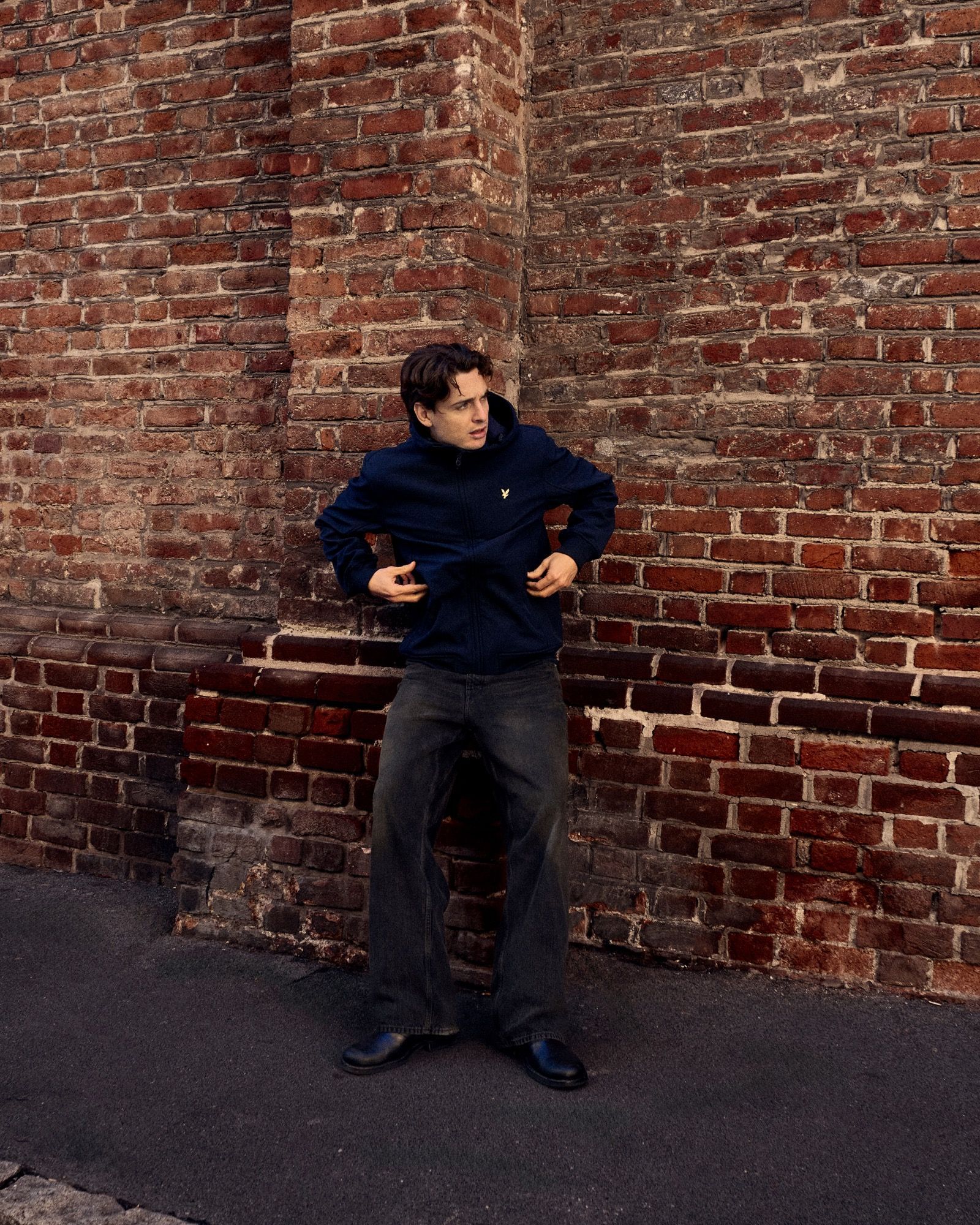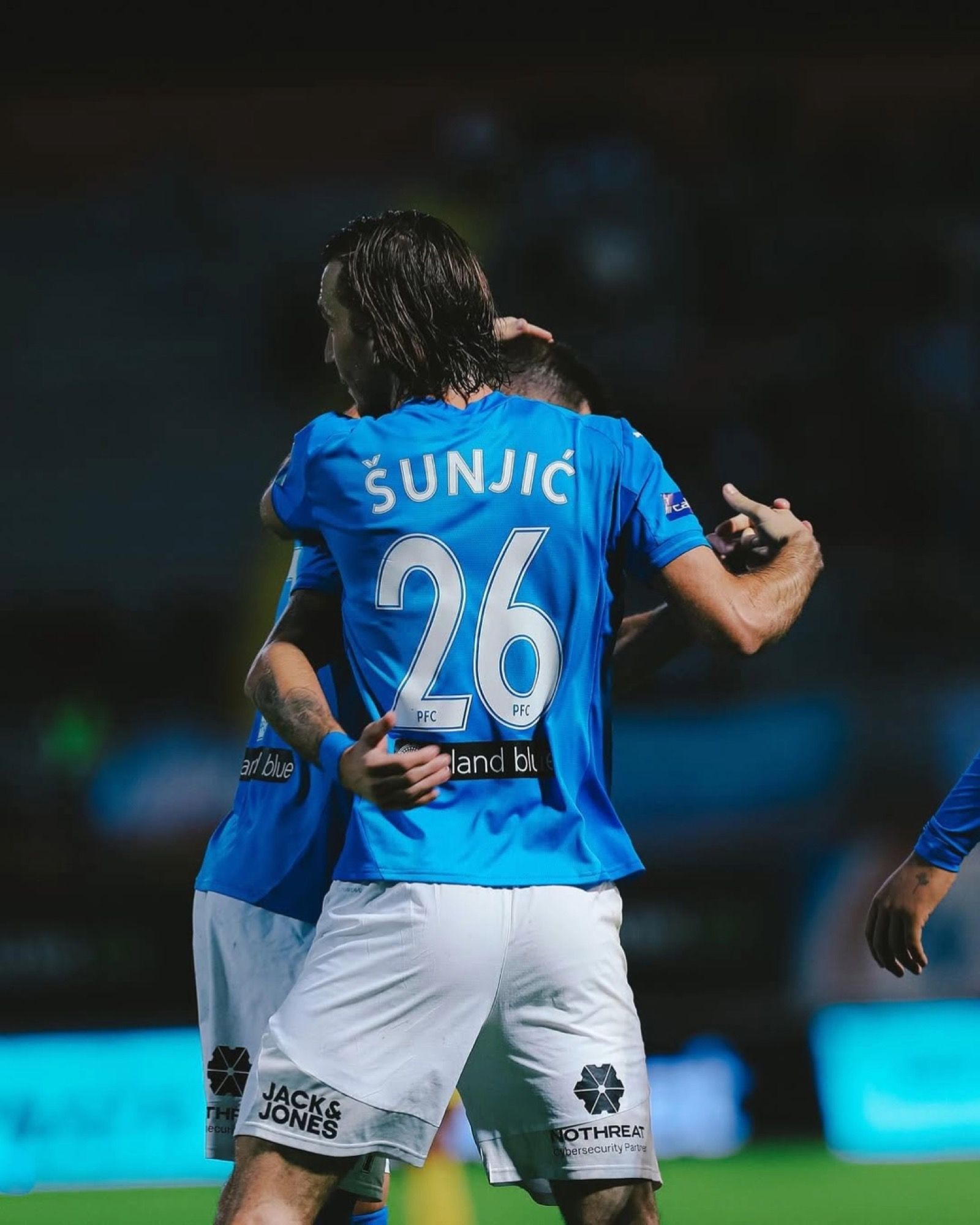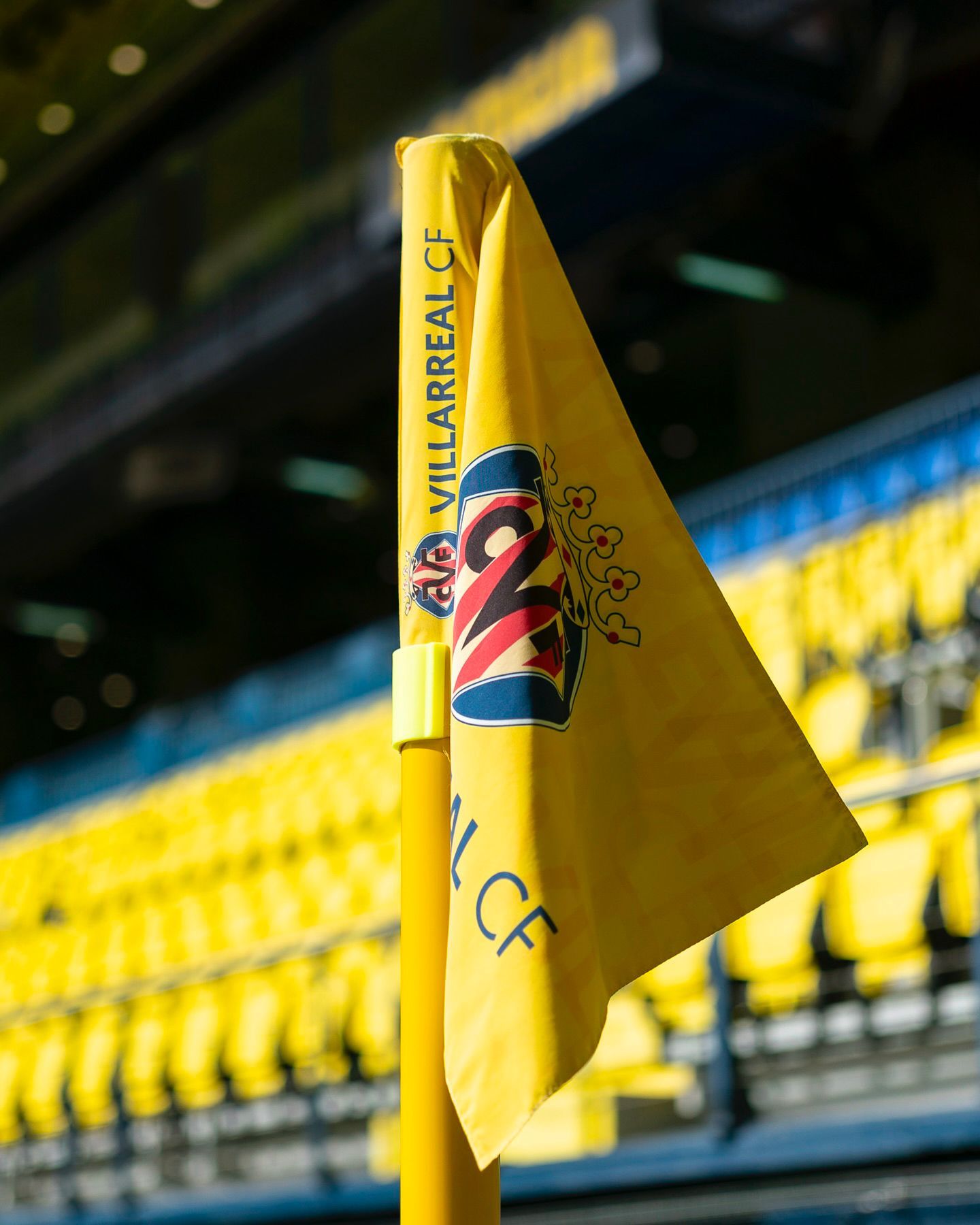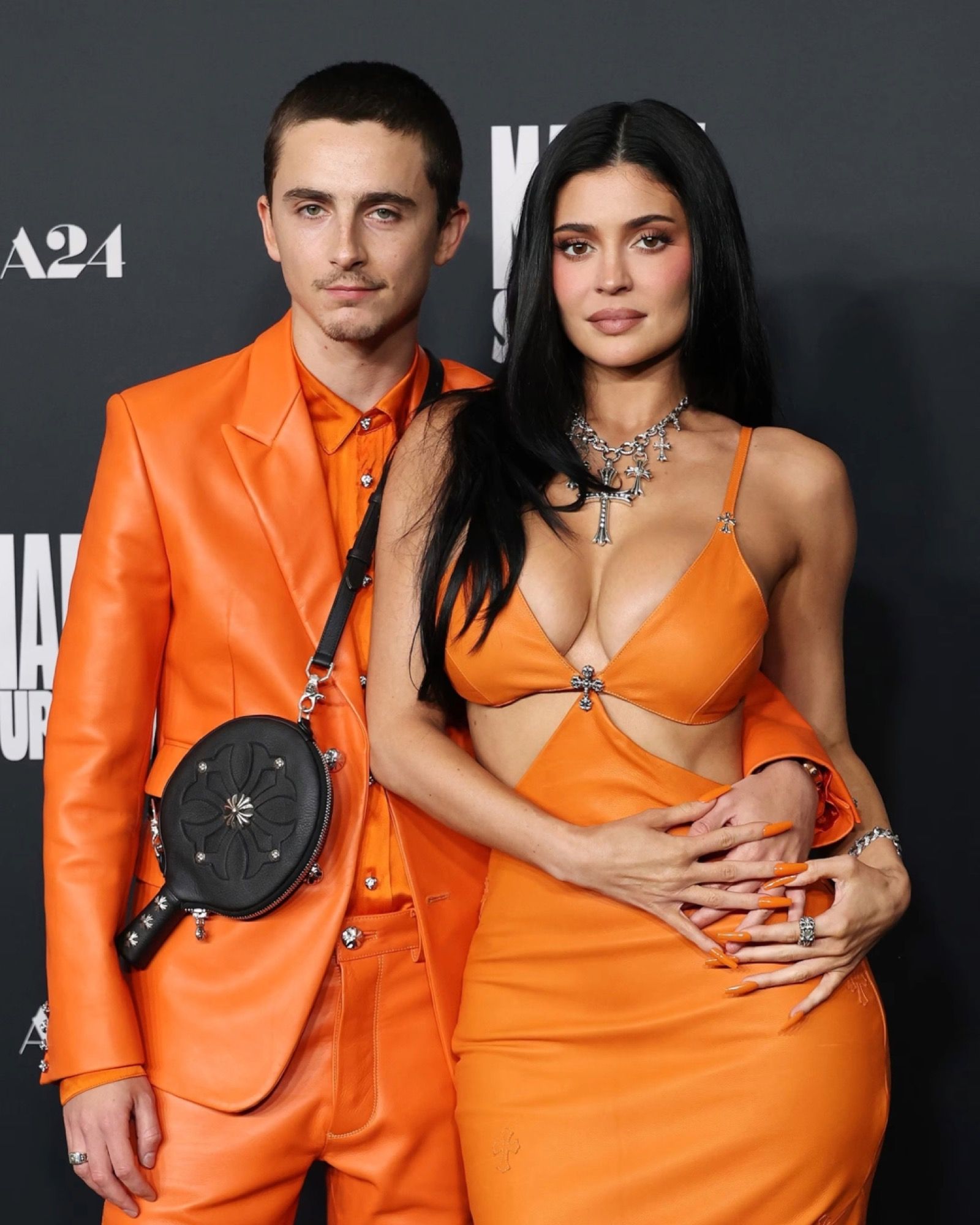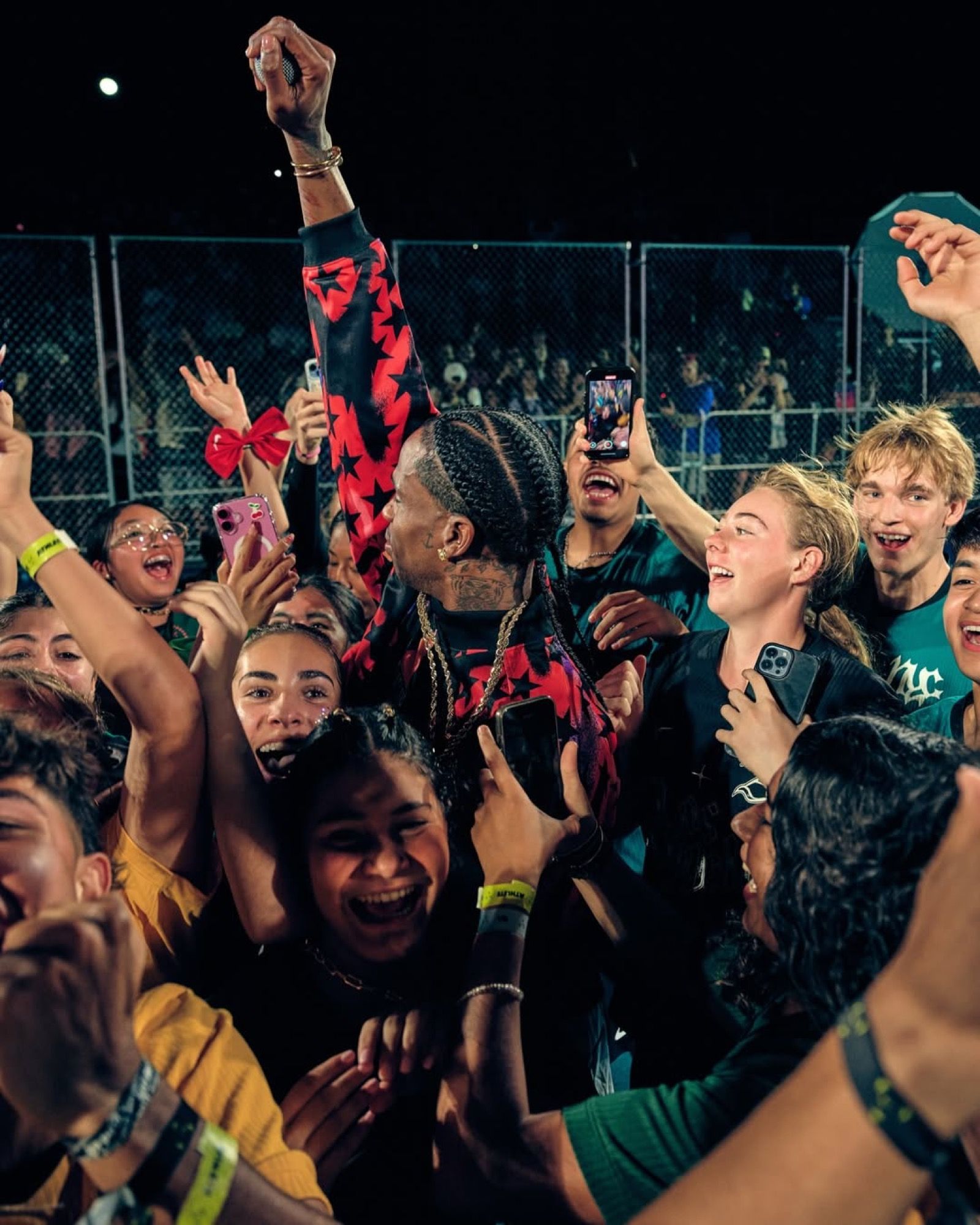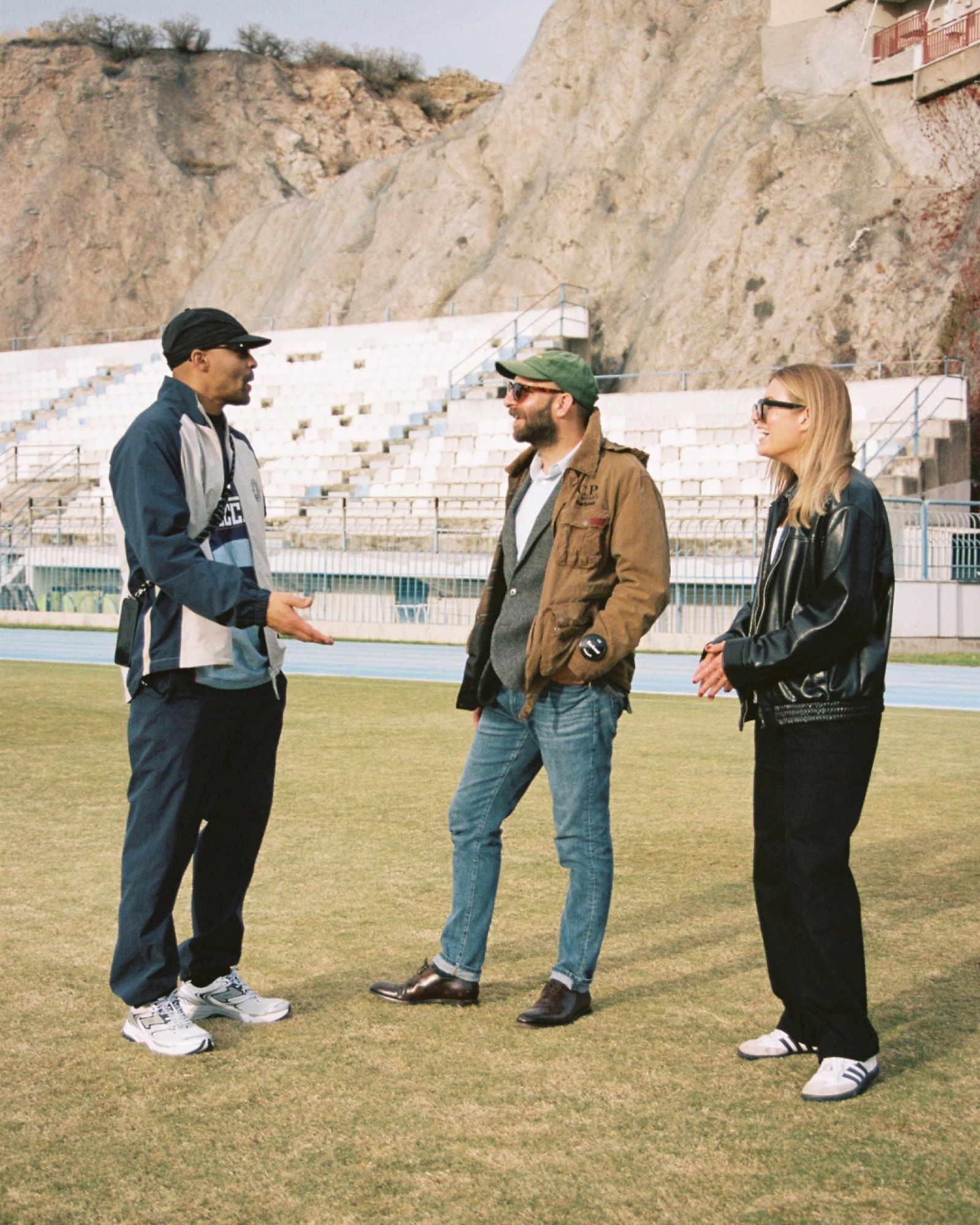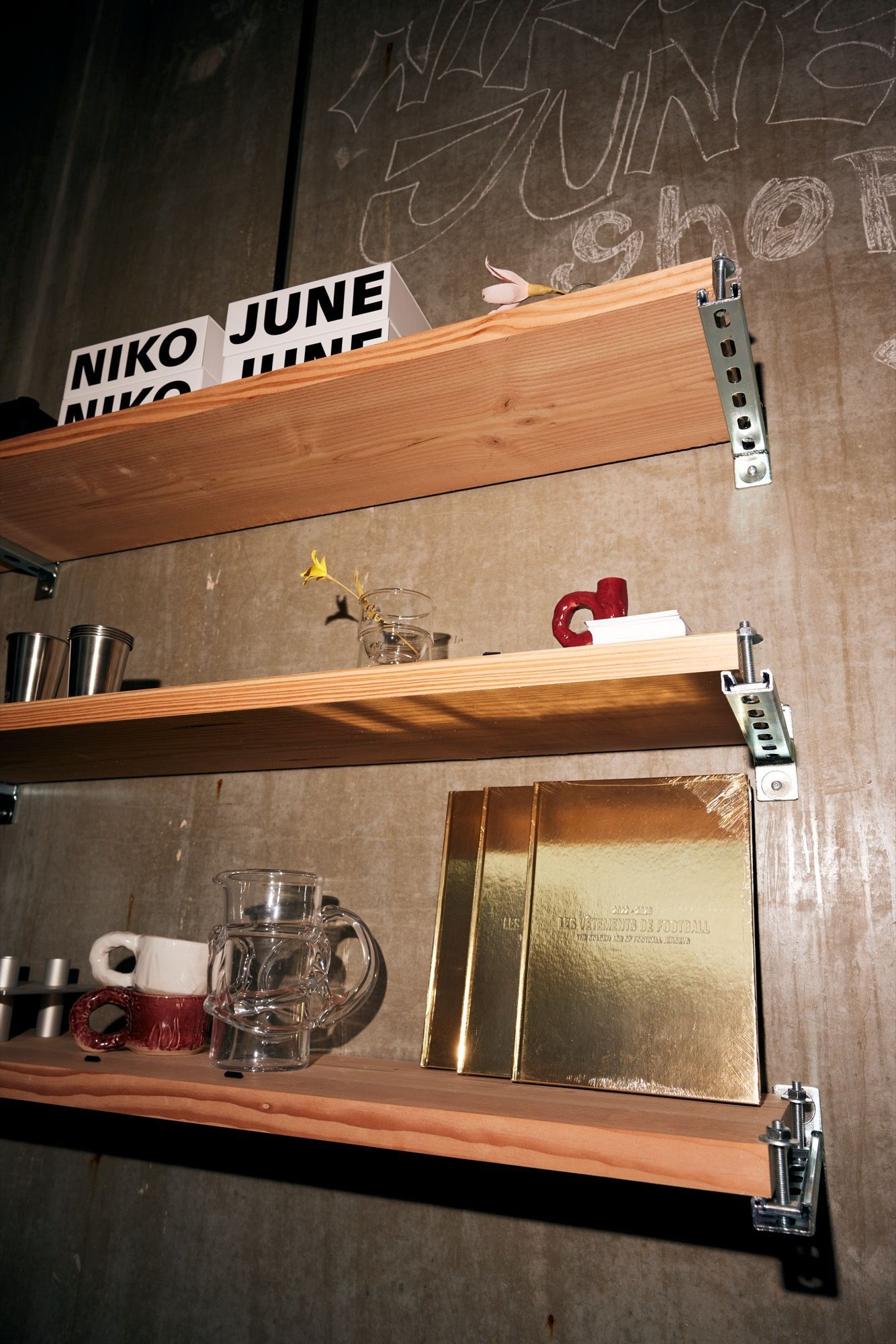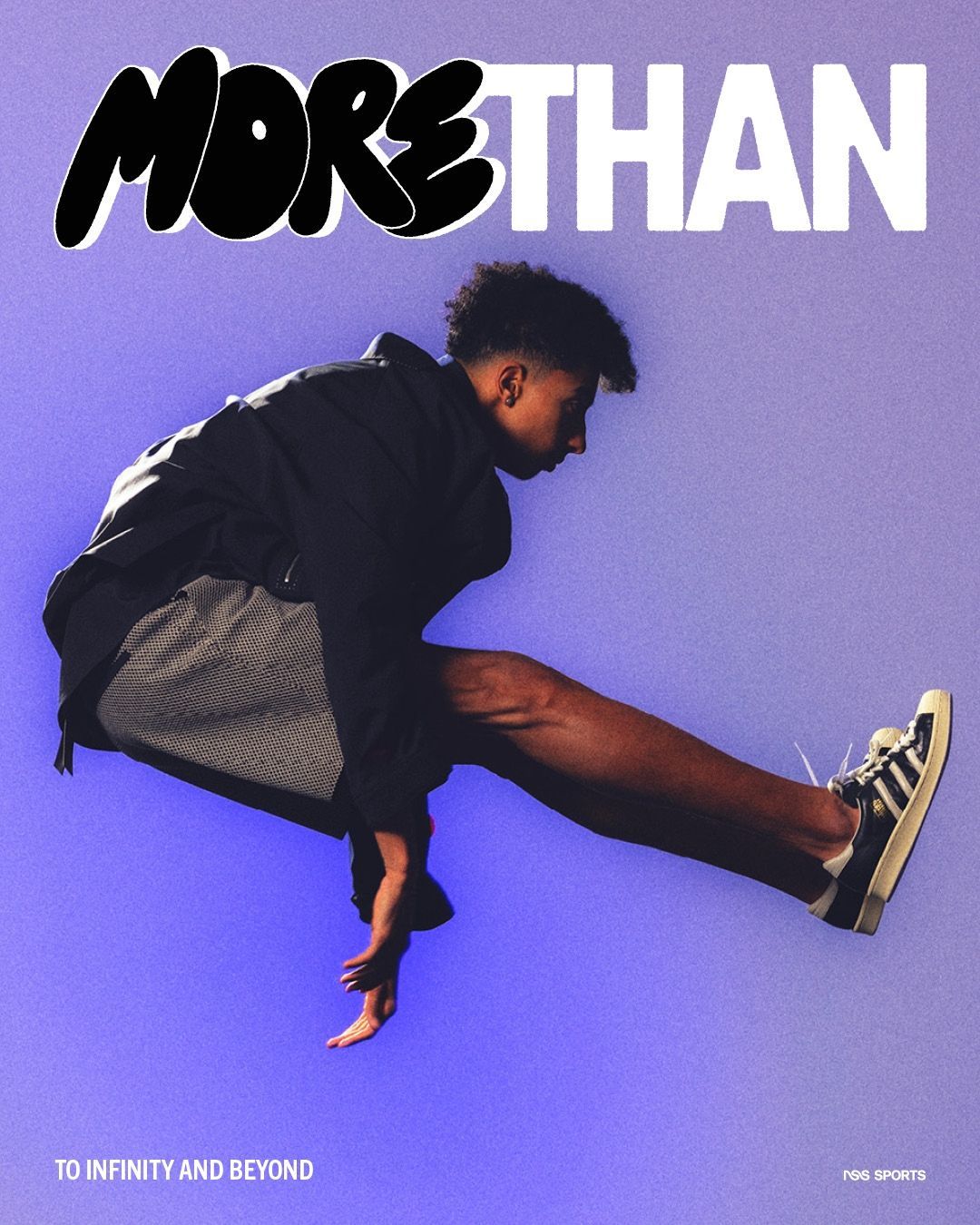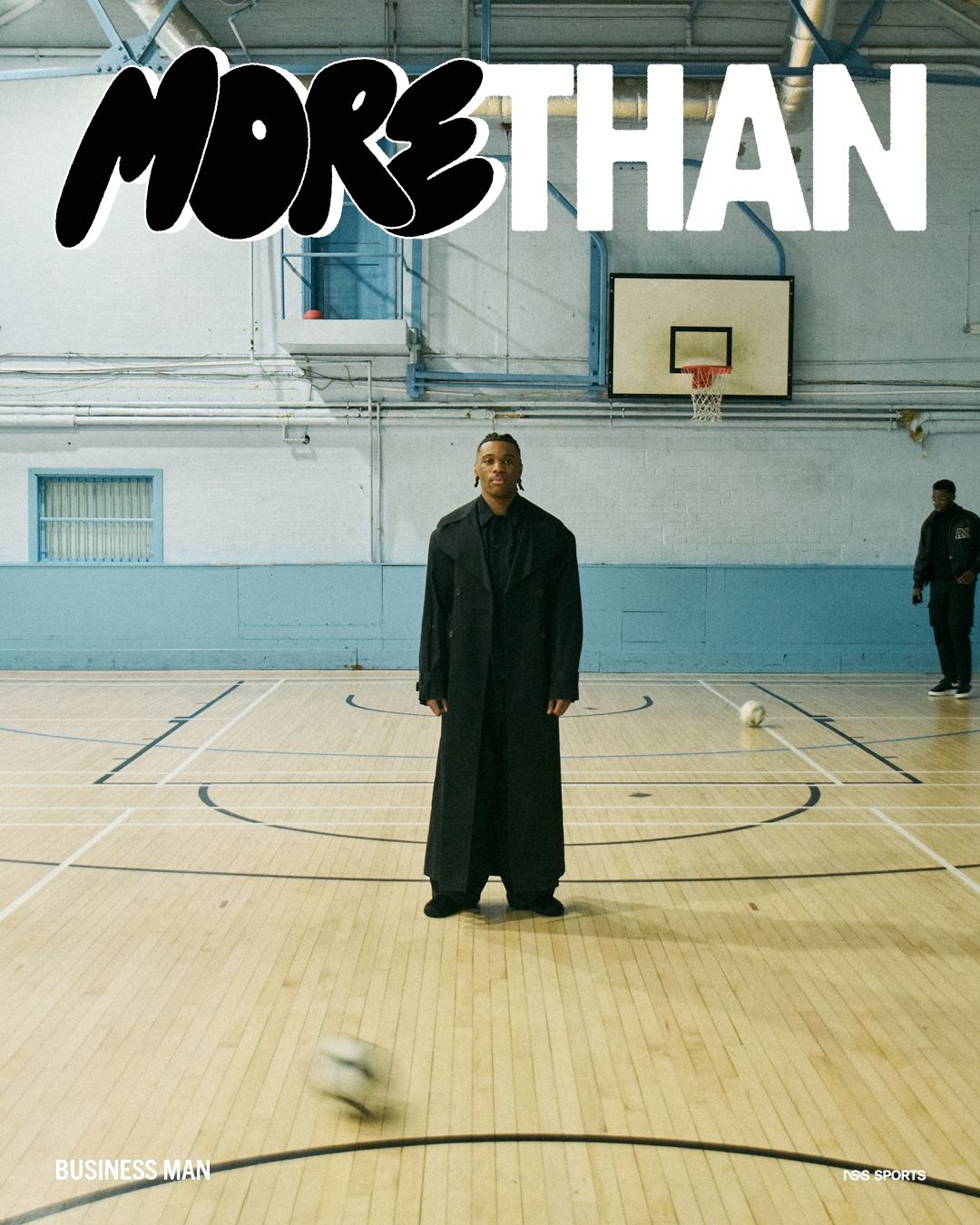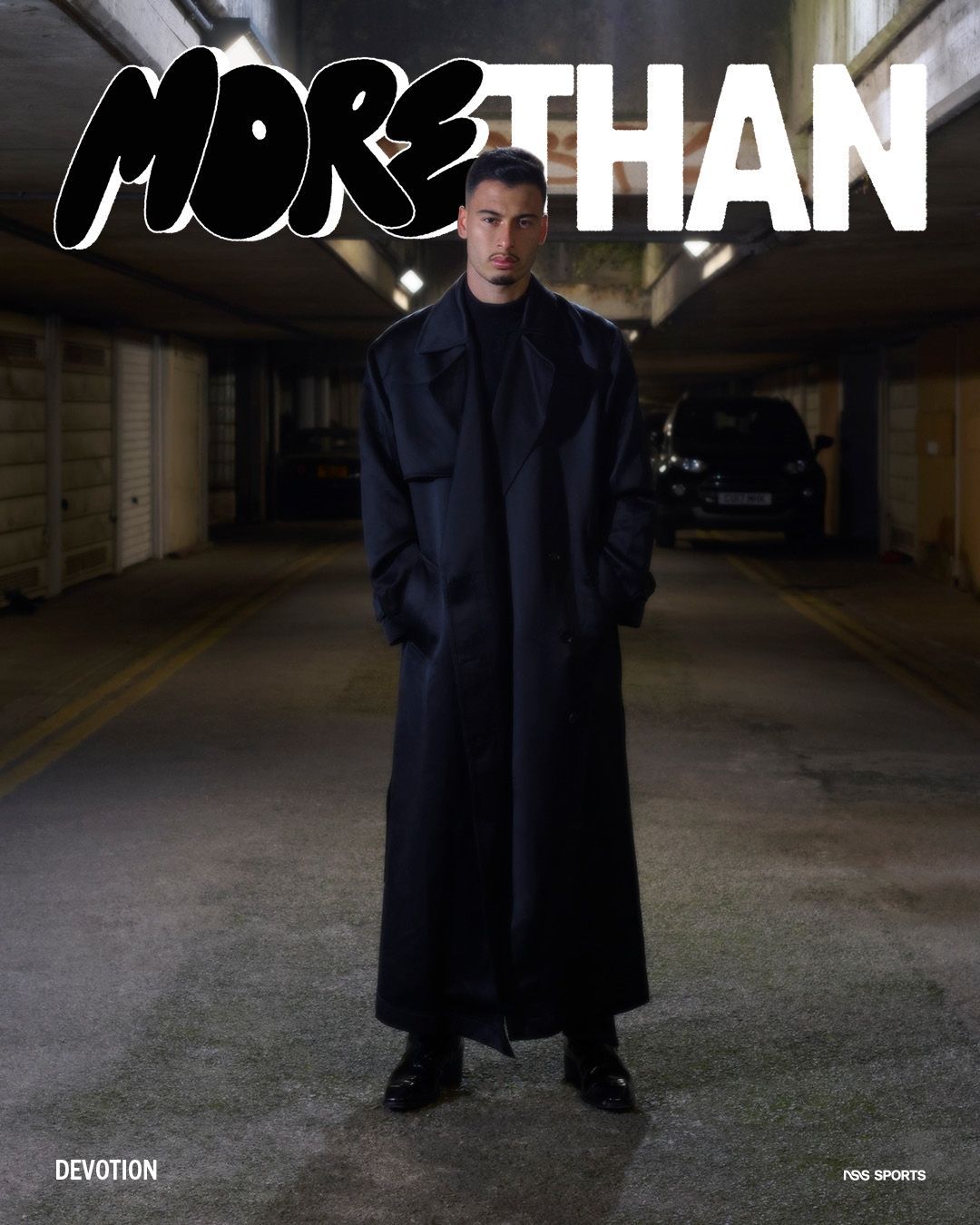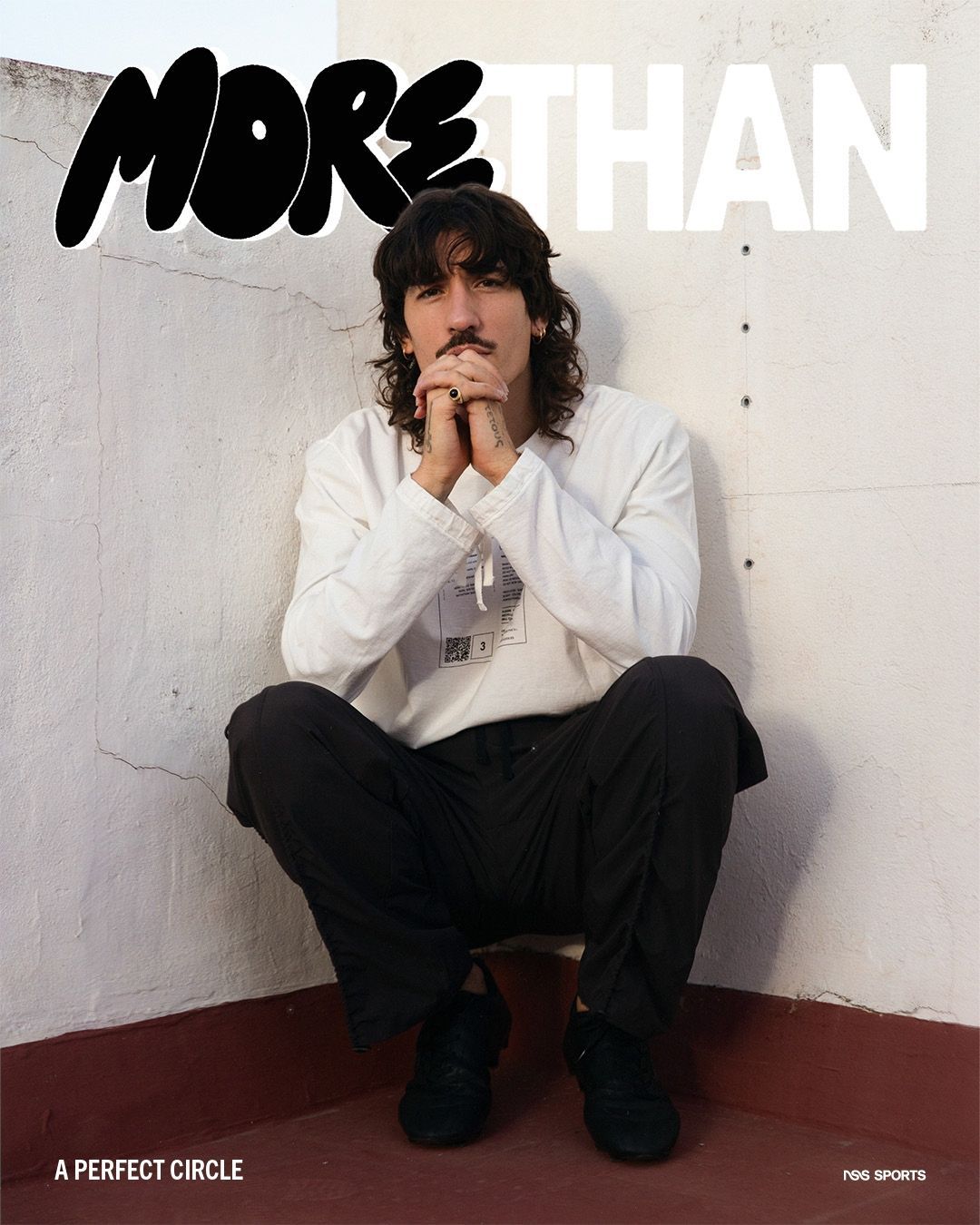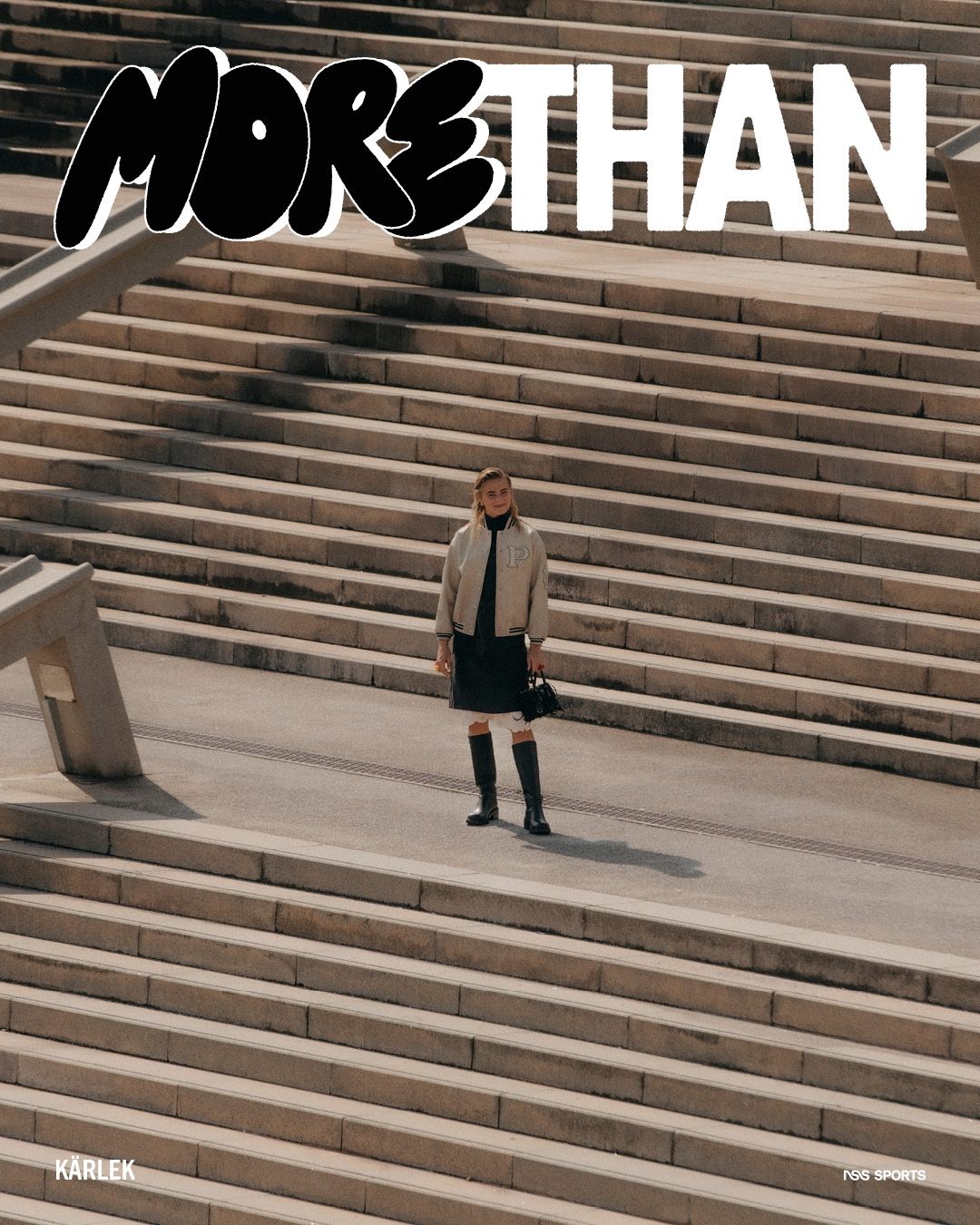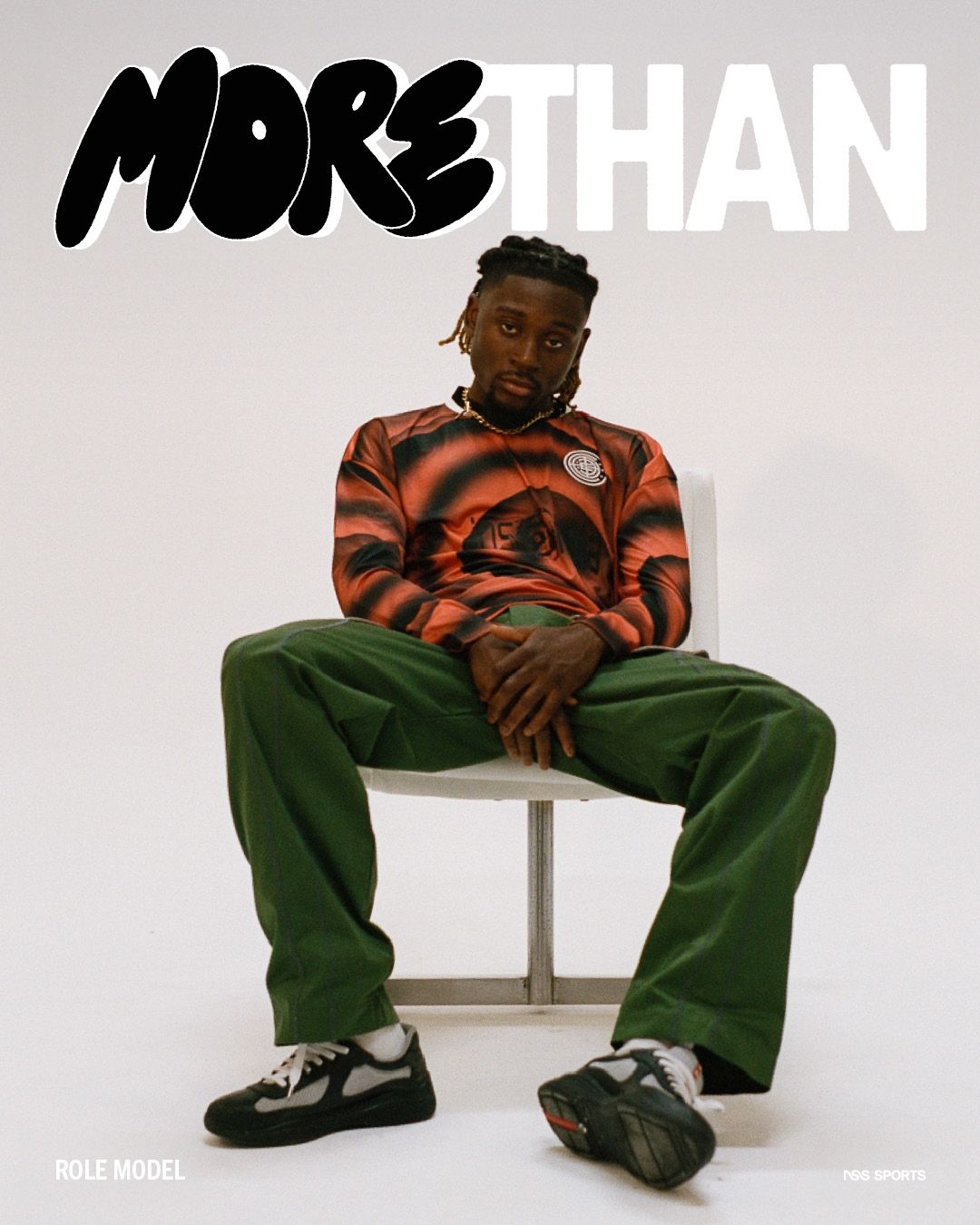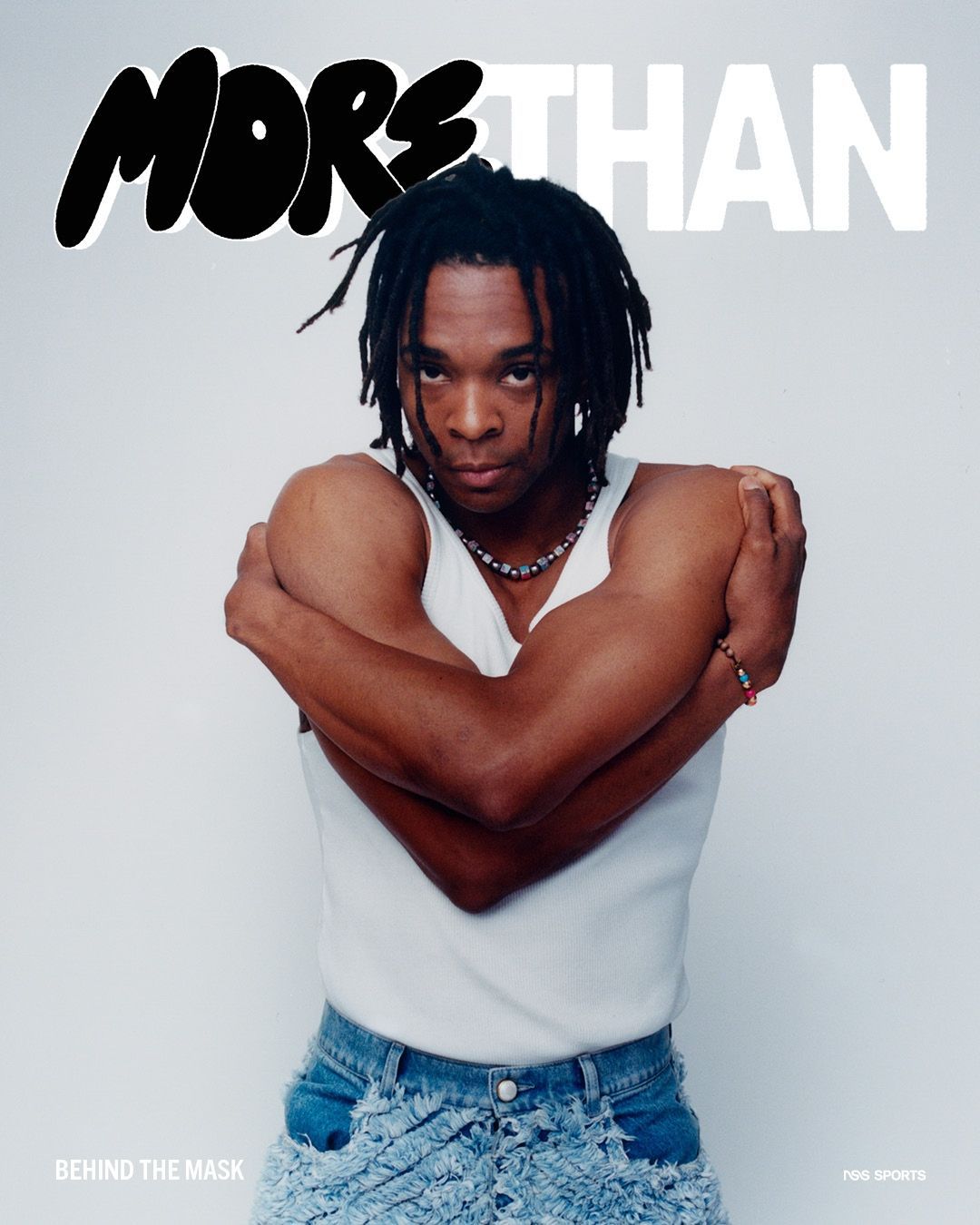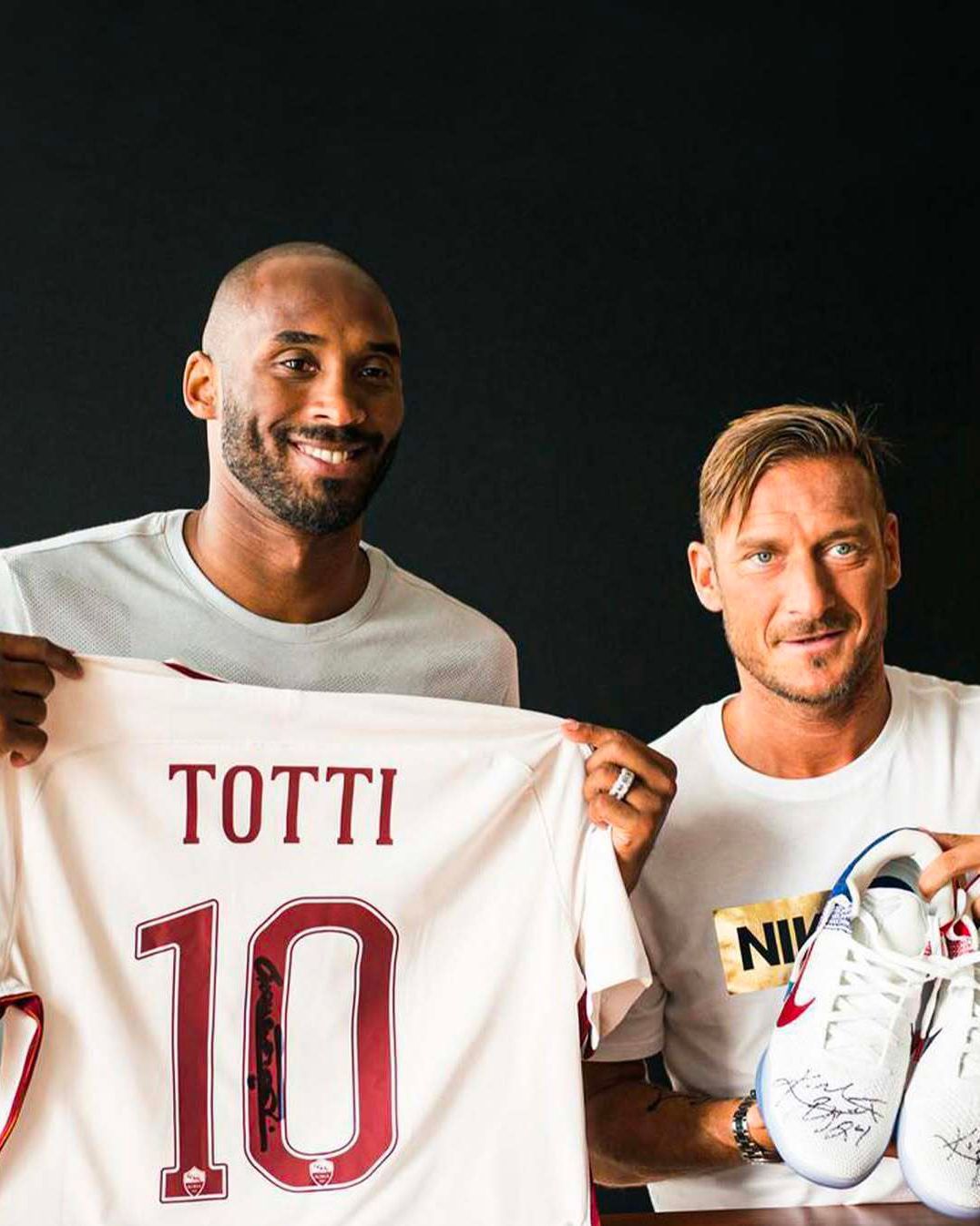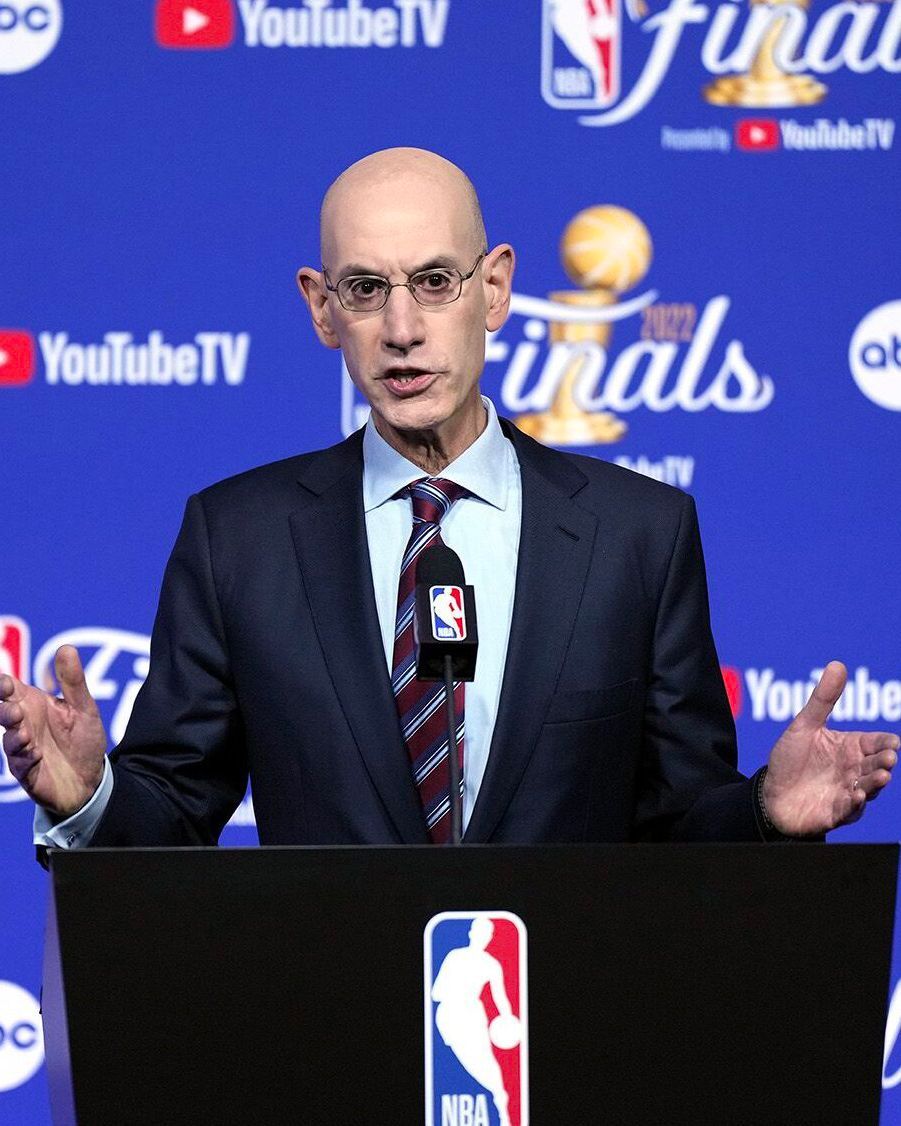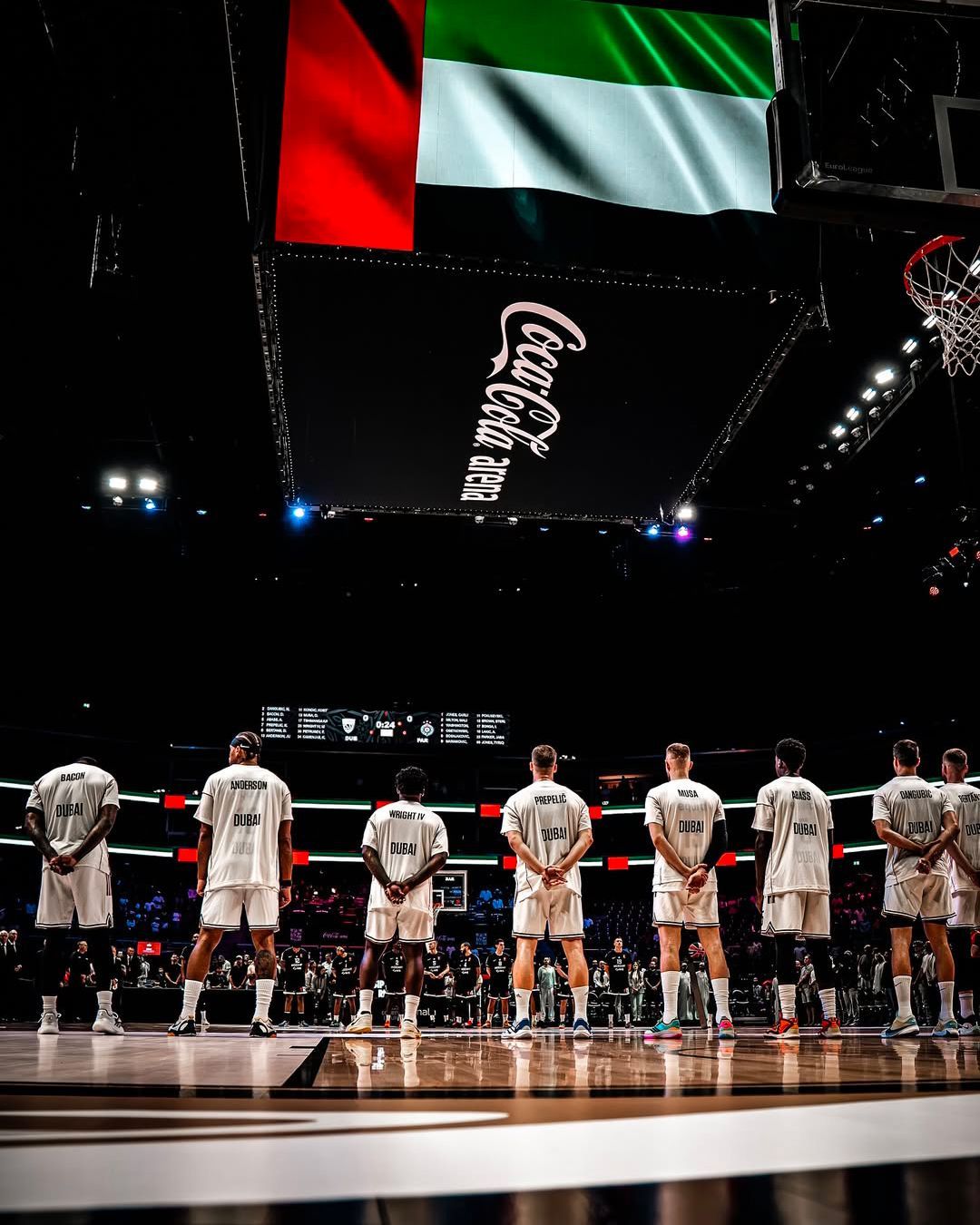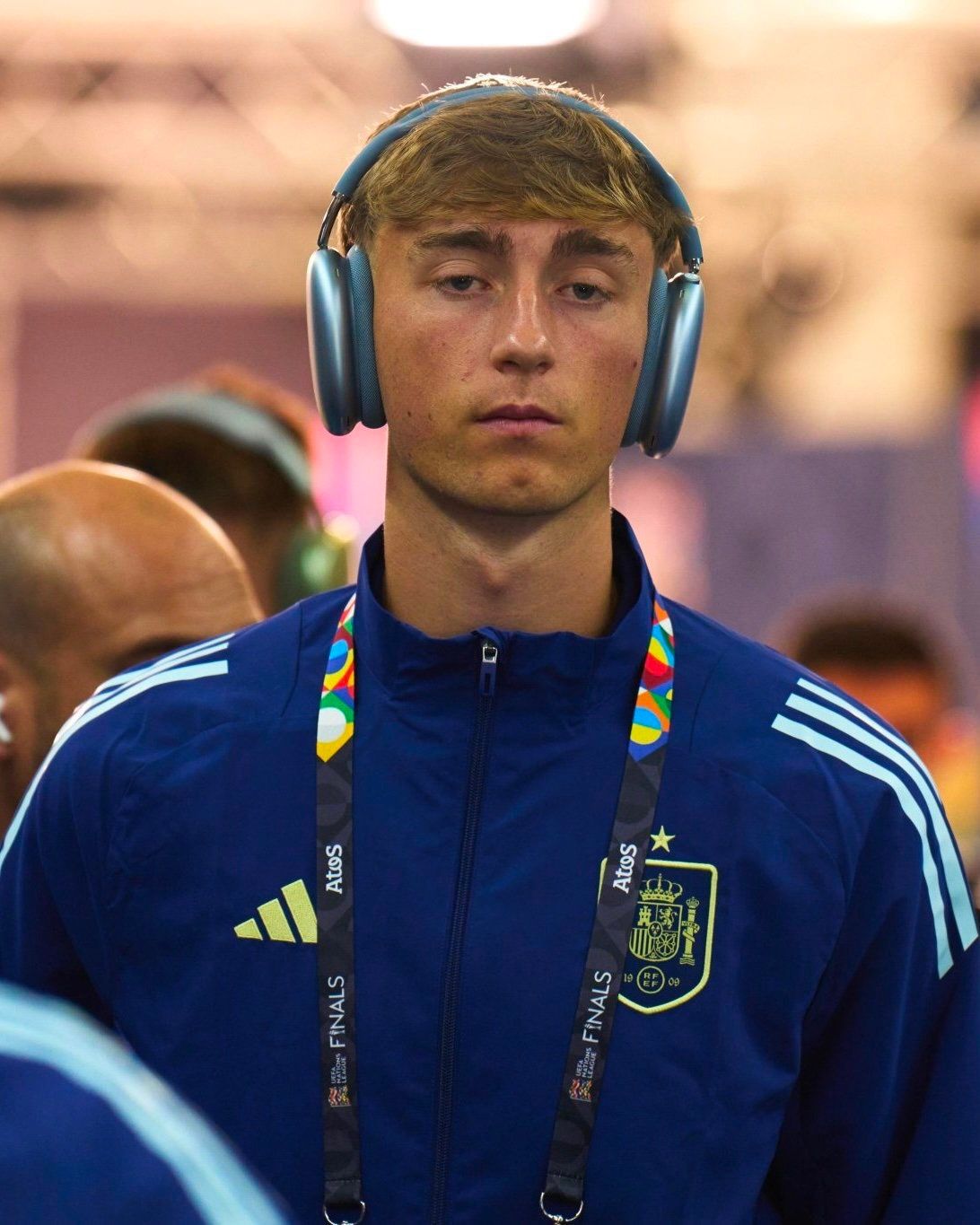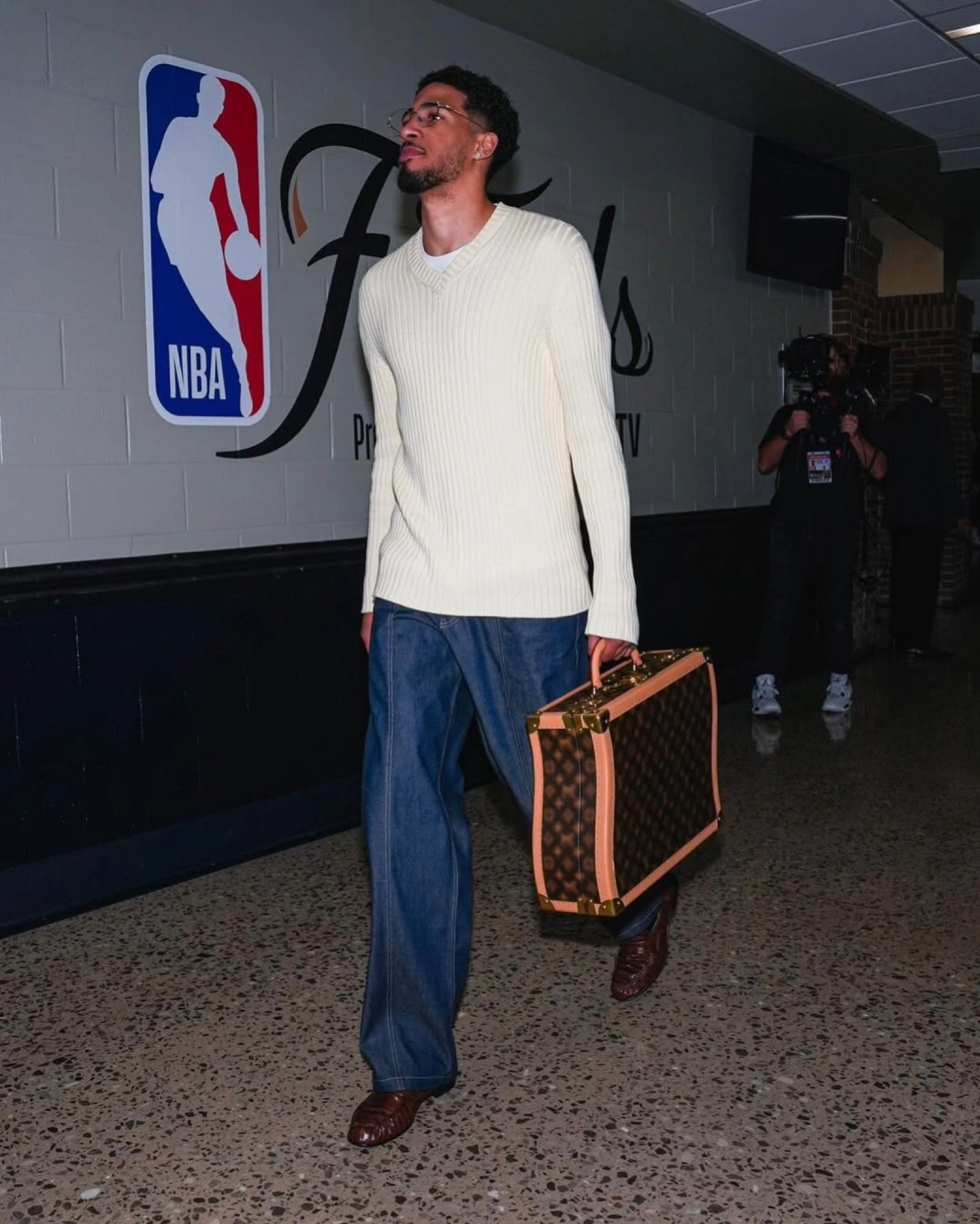
The 2025 NBA Finals are much better than people say They've been tremendously underrated because there's no major franchise involved
Oklahoma City Thunder versus Indiana Pacers is not the NBA Finals series we were expecting. And according to many, it’s not even the one that Adam Silver and his team hoped for, without New York, Los Angeles, San Francisco, Boston, or other major markets; and without historical rivalries like Lakers-Celtics (2008, 2010), Heat-Spurs (2013, 2014), or Warriors-Cavs (2015–2018). This year, from the Western Conference bracket emerged Oklahoma City, a small market that has never won the title, but also the number one seed and the pre-series favorite; and the real surprise came from the East Coast, with the Pacers led by Tyrese Haliburton and another incredible run after the 2024 Conference Finals. A clash of “small” teams, as we’ve been constantly reminded in recent weeks. But what if we told you that Oklahoma City Thunder versus Indiana Pacers is one of the most unpredictable and enjoyable NBA Finals in recent years is perhaps the most fun one since 2016?
48 or 96 minutes still to play and the series is currently 3-2 in favor of OKC. On Monday, the Thunder took the lead for the first time, driven among others by the usual Shai Gilgeous-Alexander, Jalen Williams (who has been dramatically improving, scoring 40 points), and Chet Holmgren. In Game 5, the champions maintained the home-court advantage they had barely regained last weekend in Indianapolis. They will return there tomorrow night for the sixth game: the first championship point in franchise history. On the other side, one of those win or go home nights—but if there’s one lesson we’ve learned in these playoffs, with all their insane comebacks, it’s to never count the Pacers out.
Meanwhile, neutral viewers dream Game 7. A showdown that has been absent from this stage for nine years (Cavs-Warriors), and which has occurred only eight times in Finals history; above all, an ending that would be perfect and, in a sense, deserved for this OKC-Indiana series. This is a Finals that has been presented, narrated, and perceived in a reductive way. Snubbed, despite having little to envy from recent ones.
Snubbed Finals
In recent weeks, there’s been a lot of talk, perhaps too much, about TV ratings. The 2025 Finals are posting significantly lower viewership compared to recent editions, starting with Game 1, which averaged 8.91 million viewers in the States—the worst start to a Finals series since 1988 (excluding the two pandemic-affected years of 2020 and 2021). The trend continued through the next three games: Game 2 averaged 8.76 million viewers, before a slight increase in Games 3 and 4 (9.19 and 9.41 million, with peaks of 11.5 and 12.1 million). Overall, viewership has dropped sharply compared to last year (-23%), 2023 (-27%), and 2022 (-31%), with an even bigger gap compared to pre-COVID Finals. American TV studios, in any case, seemed more interested for days in everything else rather than the series developments, and similarly, sports media have been less focused on the Finals than ever: the future of Antetokounmpo, Doncic’s fitness, Thibodeau’s successor, draft prospects and scenarios.
Meanwhile, the more attentive have thoroughly discredited the level and spectacle offered by this series. Recently, for example, pointing to Haliburton’s poor Game 5 performance (4 points, 0/6 shooting), despite physical issues, the pace and intensity of these games, and his heroic postseason run. Others have preferred to focus on refereeing controversies, especially regarding the treatment of Gilgeous-Alexander, who has long been criticized for receiving favorable calls.
After OKC’s latest win, NBA Passion spoke of a “regular season-like pace moved to mid-June”. This is a fairly popular stance, especially in Europe, but it fits into a broader pattern of distrust, if not rejection, of some aspects of contemporary basketball. In any case, the emblem of the media coldness toward these Finals was shown overseas by Stephen A. Smith, one of the most influential voices around. The ESPN commentator was caught at Gainbridge Fieldhouse, in the middle of the third quarter of Game 4, while playing solitaire on his smartphone. Symbolically—and perhaps more than just symbolically—more than a mere embarrassment.
A Finals That Are Anything But Predictable
From a commercial standpoint, it’s David vs. David, but sportingly the series was expected to be David vs. Goliath, but the story on the court has been different. And watching these Finals, there’s far from boredom. The Pacers started strong, coming from behind to win an electrifying Game 1, returning to Indianapolis with the chance to go up 3-1, and coming very close to doing so. Now the Thunder lead 3-2, with the possible decisive game at home. Not bad for a series that seemed predictable on paper, but there’s more. Each game has been completely different from the others in terms of flow, key factors, and protagonists. And above all, never predictable.
What makes them so exciting, depending on tastes, might be the tactical adjustments and coaching by Carlisle and Daigneault, or the head-to-heads between the main individual players on the court, with their different styles and journeys. Or even the compelling human stories that characterize this year’s Finals, quite a few of them. For example, TJ McConnell, hero of Game 3 with his playing style, his size, and his very ordinary athletic skills. Like him, undrafted players Alex Caruso and Lu Dort, now among the NBA’s best perimeter defenders, and those who came out from the draft’s back rows like Andrew Nembhard, Aaron Wiggins, and Cason Wallace. And then there’s Pascal Siakam, chasing his second ring and another major milestone in an extraordinary sports and personal journey. Last but not least, those watching actively from the sidelines: Rick Carlisle, already a champion with the Mavs in 2011, who is delivering coaching lessons and making the Pacers a collectively tough team to beat; and on the other side Mark Daigneault and GM Sam Presti, the main architects behind OKC’s rise to this level and the solid foundations built to stay here long-term.
Moreover, the 2025 Finals prove that the NBA system’s foundations have held up through the era of superteams and player empowerment, continuing to reward planning and the quality of work done within organizations, even in smaller markets like Oklahoma City and Indianapolis. The Thunder, in particular, offer a truly unprecedented example of this dynamic: a technical project built patiently, mostly through the Draft and internal talent development, obtaining a future MVP from the Paul George trade, and retaining a vast quantity of future assets. And if in a few years we get tired of seeing them in the NBA Finals—that’s a possibility—we will do so in due time, certainly not now. The point now is not only to tell a great series but also to recognize that these Finals are good news for everyone, the NBA above all. Because they reward those who built something solid rather than those who forced the system in some way.


